
Cisticola
What kind of animal is Cisticola?
Example of the color palette for the image of Cisticola

See these colors in NCS, PANTONE, RAL palettes...
What is the animal Cisticola known for?
Cisticola is a genus of small birds that are mostly found in Africa, but also in some parts of Asia, Europe and Australia.
They are known for their distinctive calls, their tail-flicking behaviour, and their elaborate nests.
Cisticolas belong to the family Cisticolidae.
They are about 10 cm long and have brown plumage that helps them blend in with their habitats.
They feed mainly on insects.
Cisticolas are very vocal birds, and many of them have names that reflect their calls, such as zitting cisticola, singing cisticola, chirping cisticola, bubbling cisticola and siffling cisticola.
Their songs are often complex and varied, and they use them to communicate with each other and to defend their territories.
The females build the nests, which are usually hidden deep in the grasses or reeds.
The nests are made of plant down, cobweb, and grass, and are often attached to living leaves or stems.
Some species build cup-shaped nests with a canopy of leaves or grasses over them, while others build dome-shaped nests with a side entrance.
The nests are very well camouflaged and difficult to find.
Cisticolas are adapted to various habitats, such as wetlands, grasslands, mountains, and human-modified areas.
They are usually non-migratory, and stay in their habitats throughout the year.
Example of the color palette for the image of Cisticola
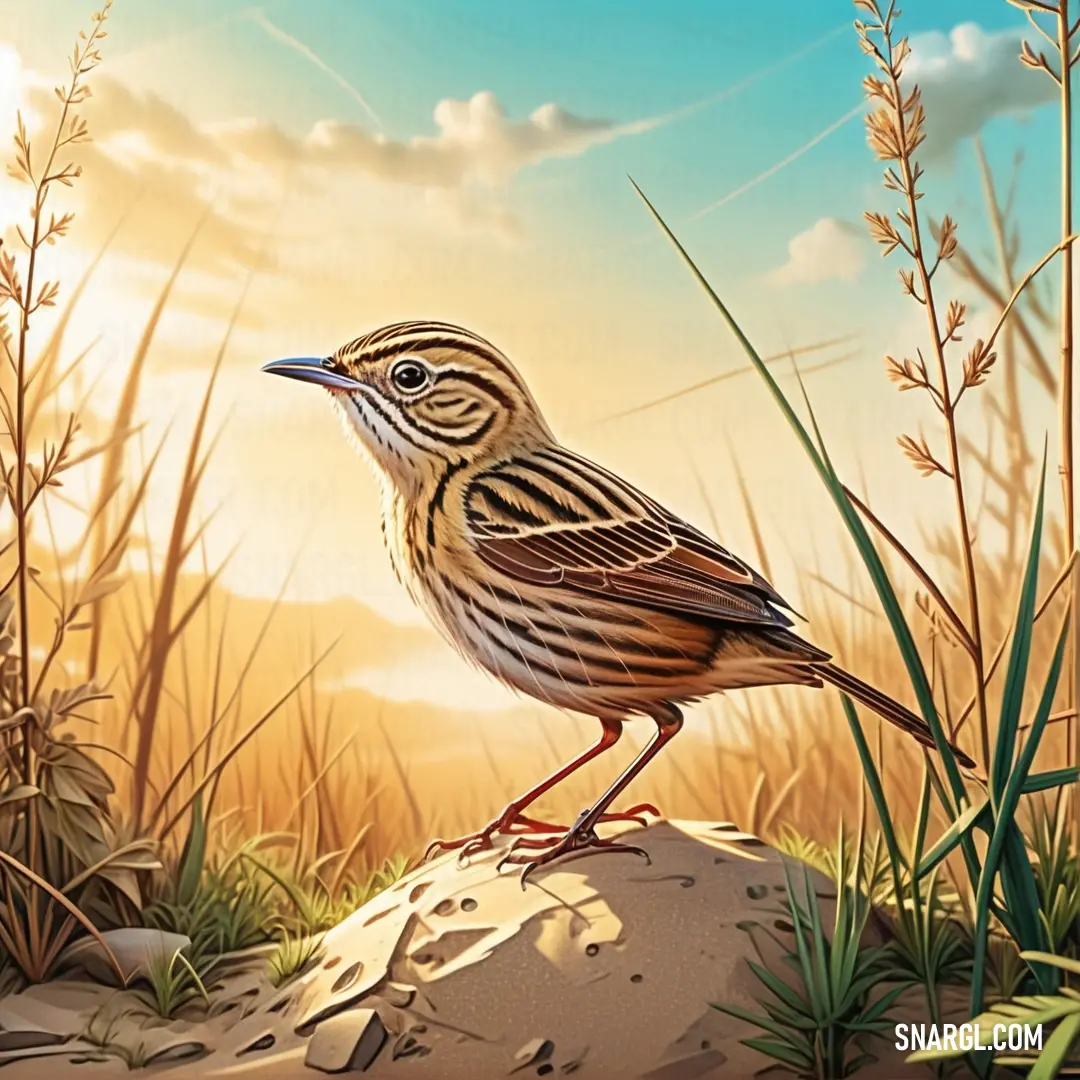
See these colors in NCS, PANTONE, RAL palettes...
Where does the Cisticola live?
The Cisticola is a genus of small birds that live in various open habitats across Africa, Asia, Europe and Australia.
They are often called fantail-warblers or tailor-birds because of their tail movements and nest-building skills.
Depending on the species, they may prefer wetlands, grasslands, rocky slopes or human-altered areas.
One example is the zitting cisticola, which is found from Europe and Africa to Japan and Australia, and makes a domed nest out of grasses.
Another example is the short-winged cisticola, which resembles the neddicky but has a shorter tail and clear buff underparts, and is widespread across sub-Saharan Africa.
Example of the color palette for the image of Cisticola
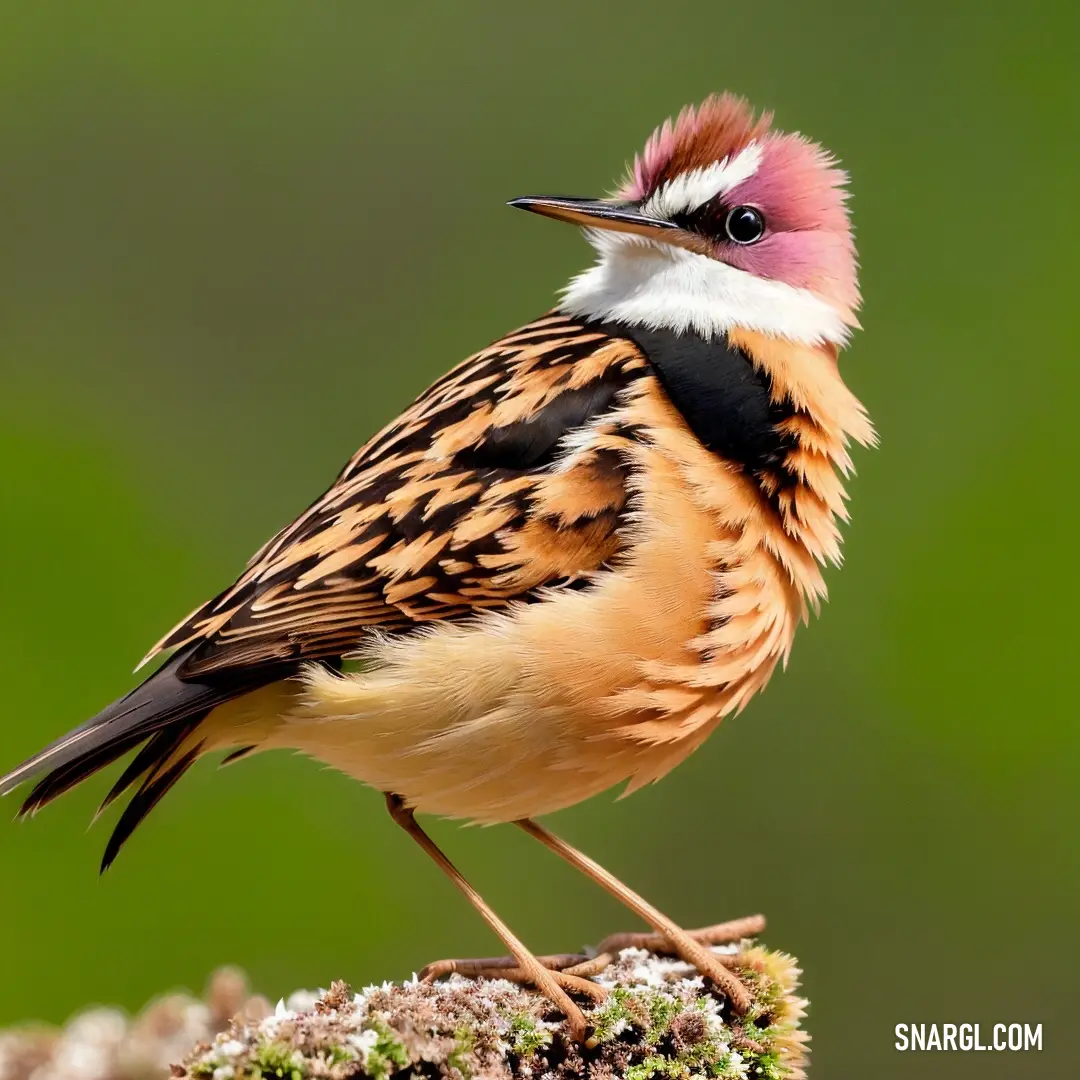
See these colors in NCS, PANTONE, RAL palettes...
What does the Cisticola look like?
A Cisticola is a small bird that belongs to the family Cisticolidae, which includes other southern warbler genera.
They are mostly found in Africa, but also occur in southern Eurasia and Australia.
Cisticolas have brown plumage, often with streaks or spots, and a short and broad tail that they often flick.
Some species have distinctive features, such as a reddish crown, a golden head, or a fan-shaped tail.
Cisticolas are insectivorous and live in various habitats, such as grasslands, marshes, and scrub.
They are known for their loud and varied calls, which they use to communicate and attract mates.
Some species also perform spectacular courtship flights, soaring high in the sky and then diving down.
Cisticolas build domed or cup-shaped nests, usually made of grass and leaves, and sometimes sewn together with spider silk.
They lay about four eggs, which hatch in about two weeks.
Cisticolas are sometimes called fantail-warblers or tailor-birds, because of their tail movements and nest construction.
Example of the color palette for the image of Cisticola
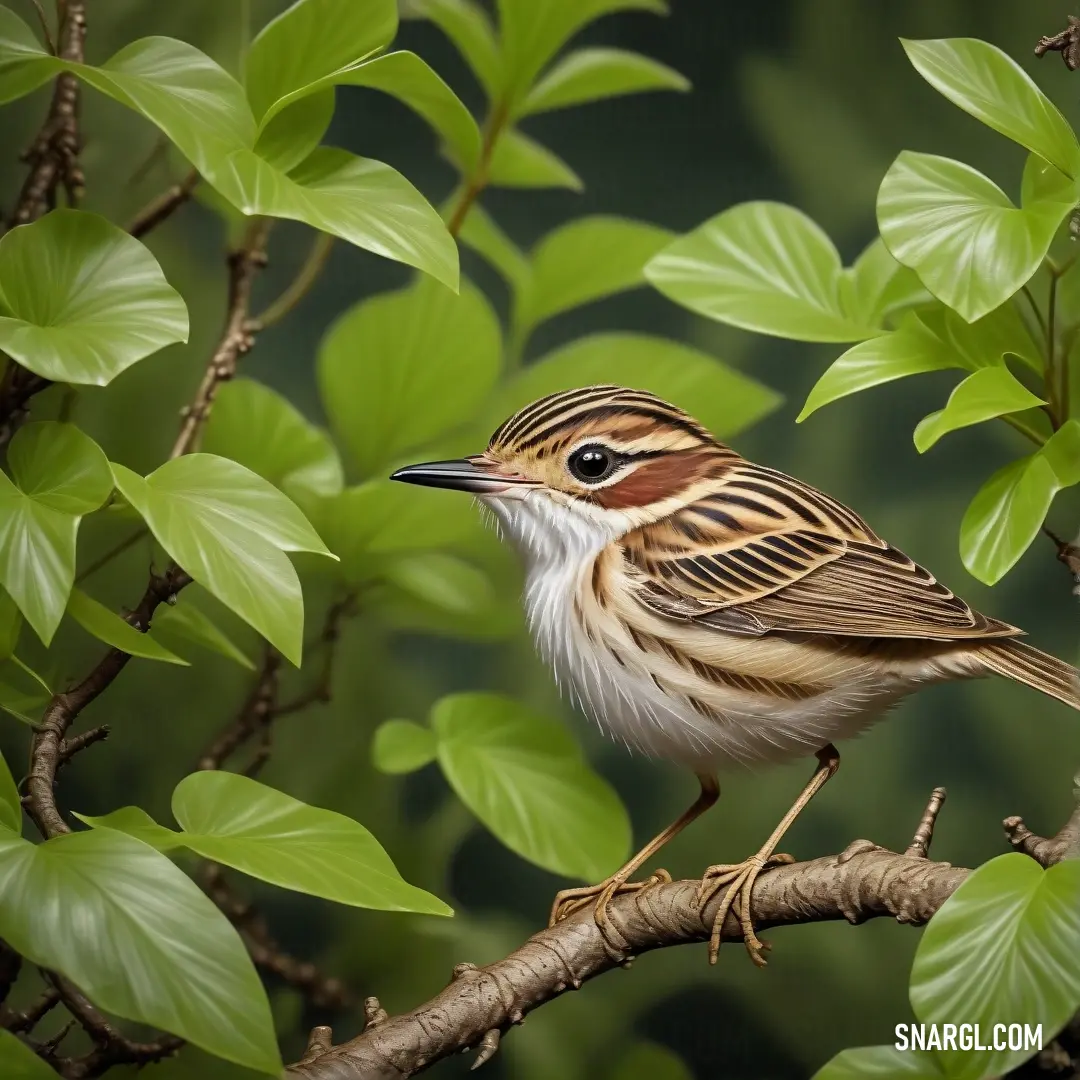
See these colors in NCS, PANTONE, RAL palettes...

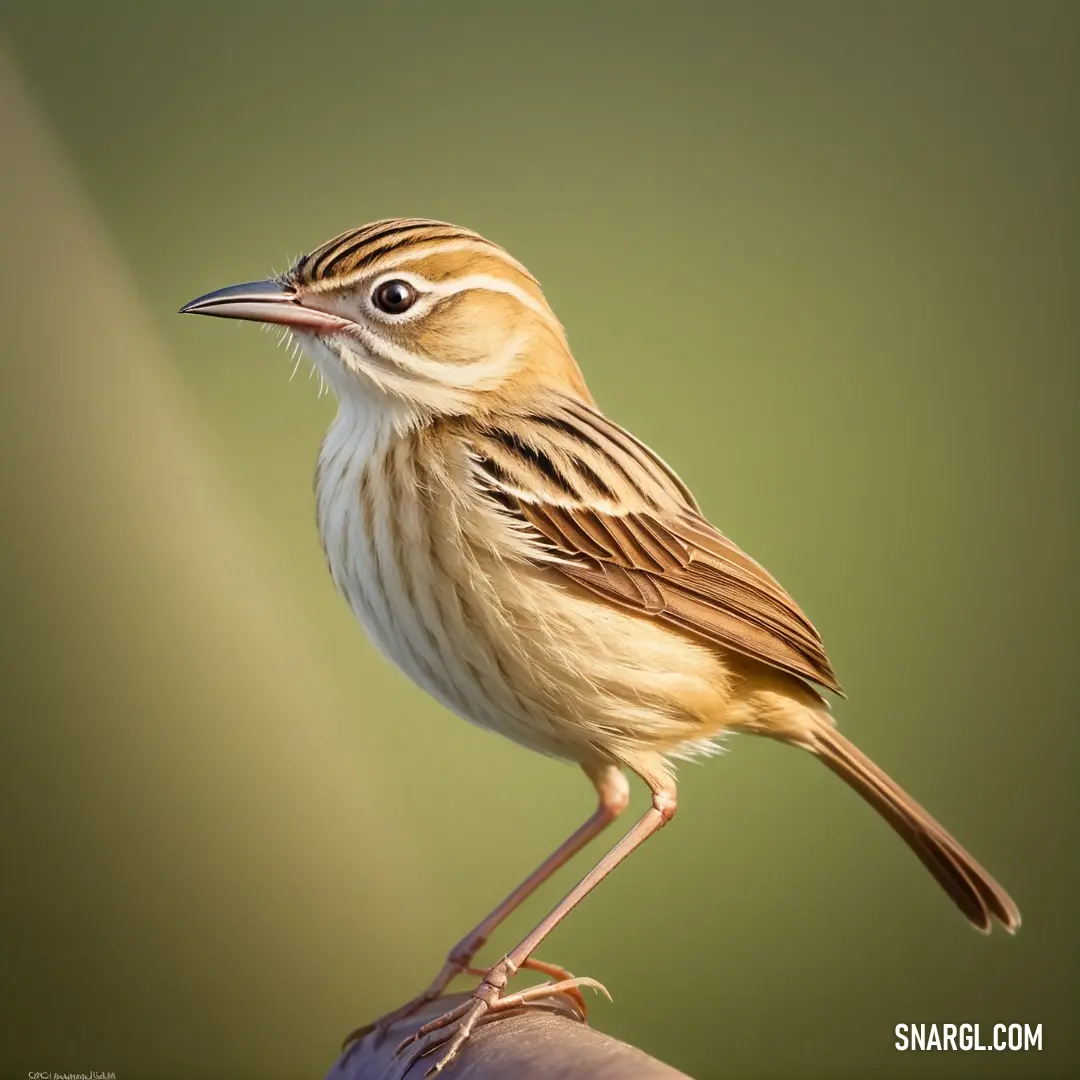
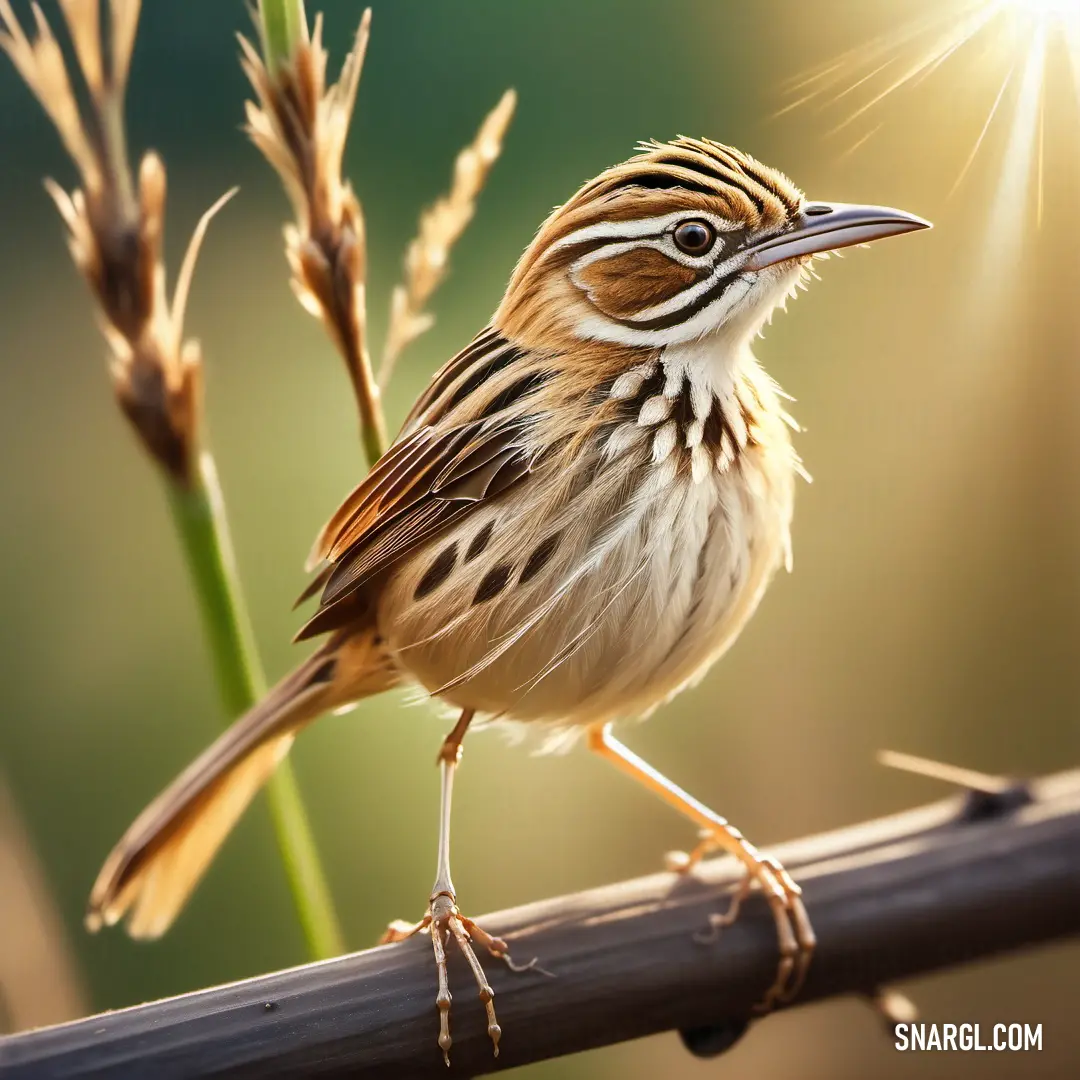
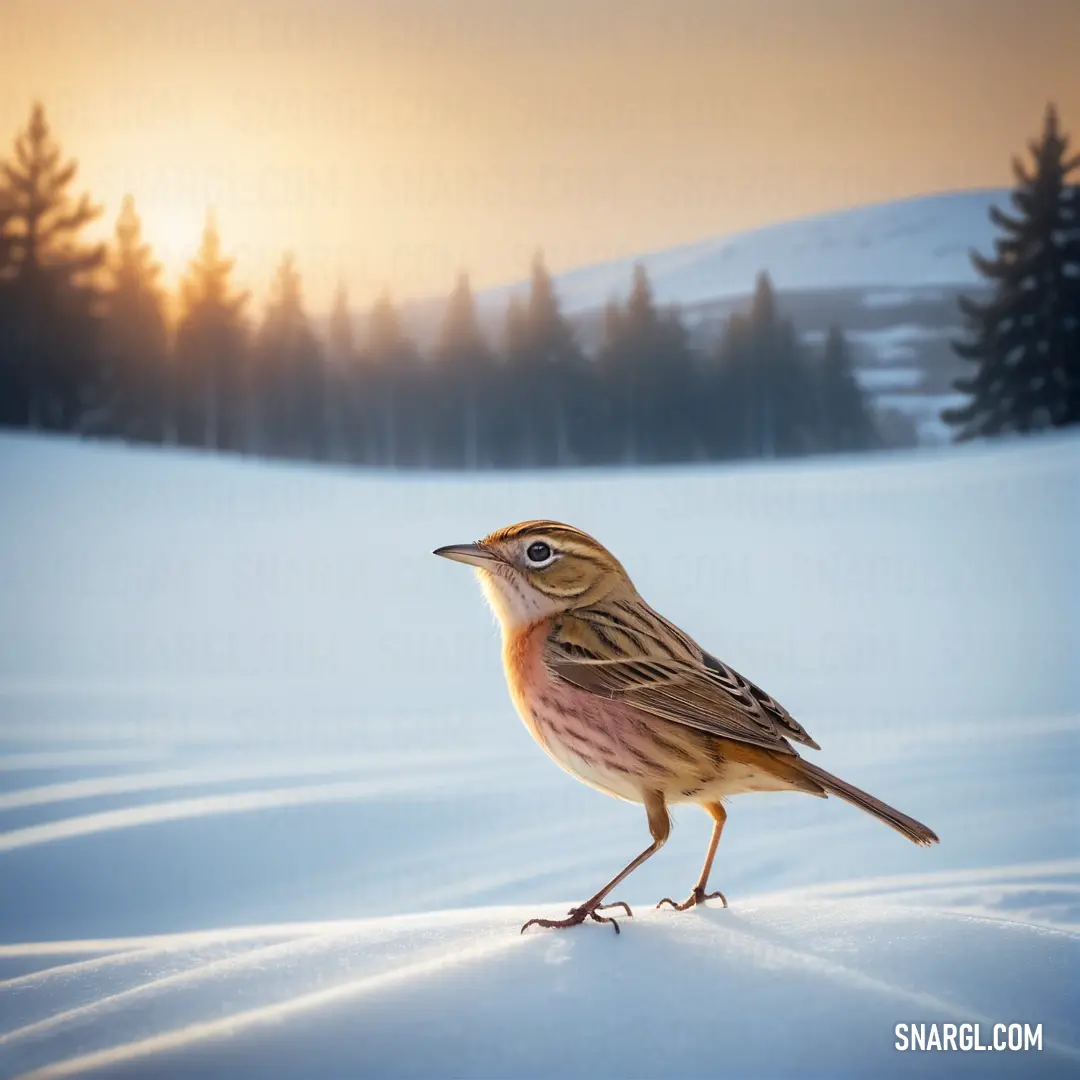
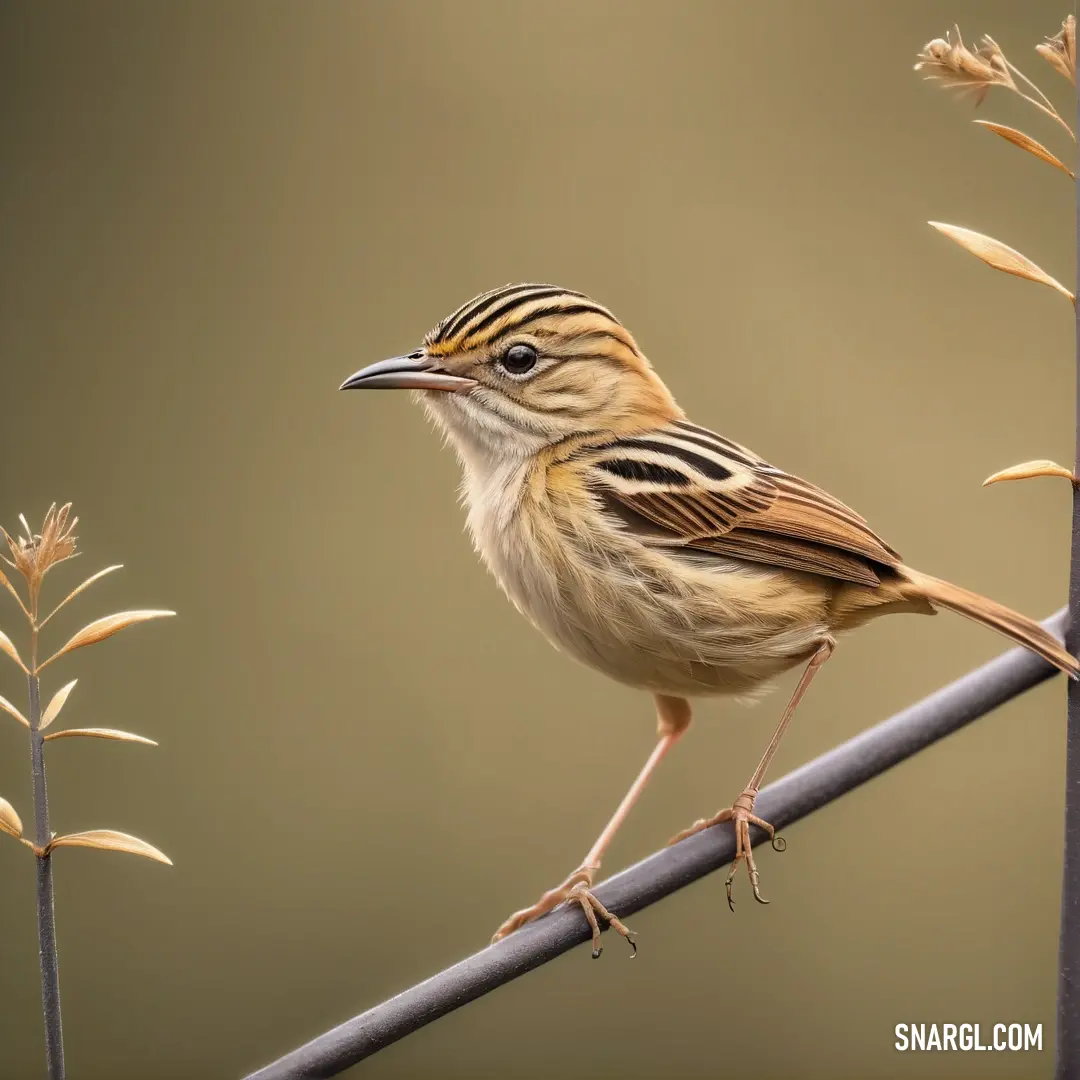
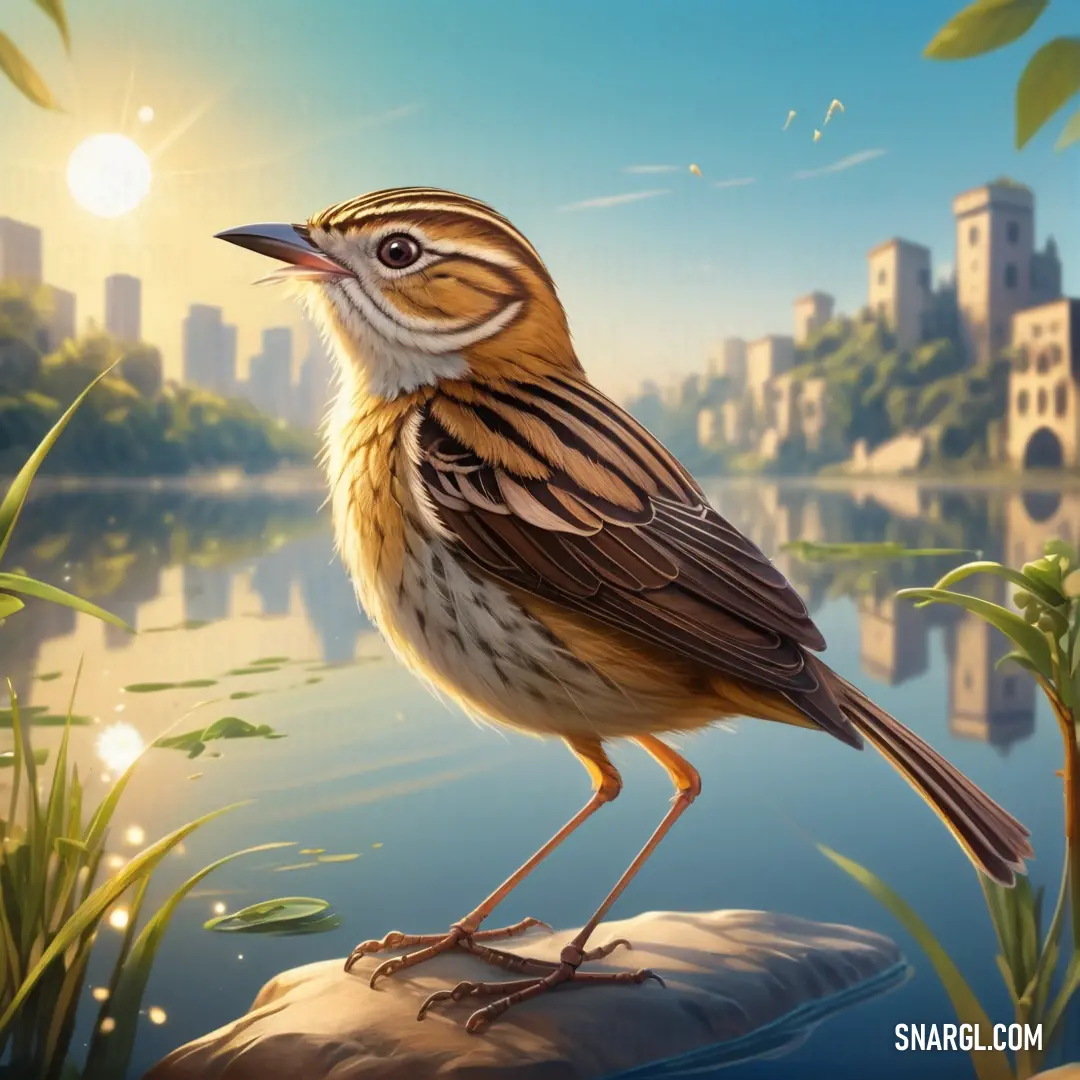
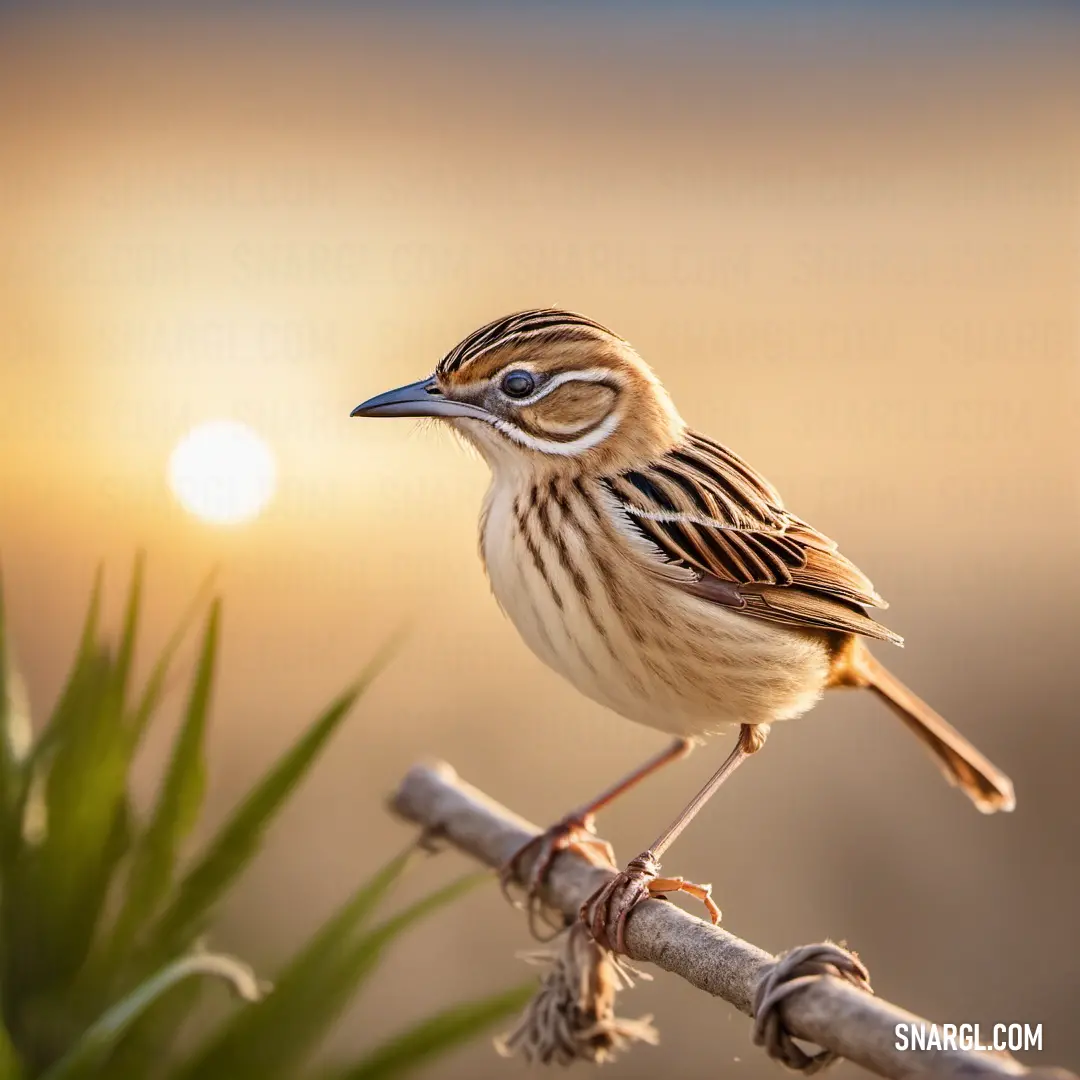
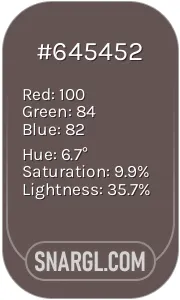 Wenge
Wenge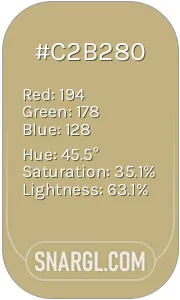 Ecru
Ecru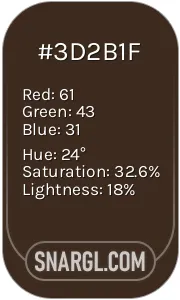 Bistre
Bistre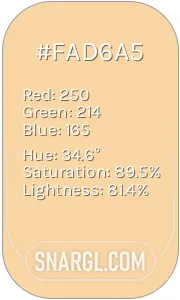 Champagne
Champagne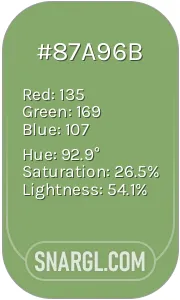 Asparagus
Asparagus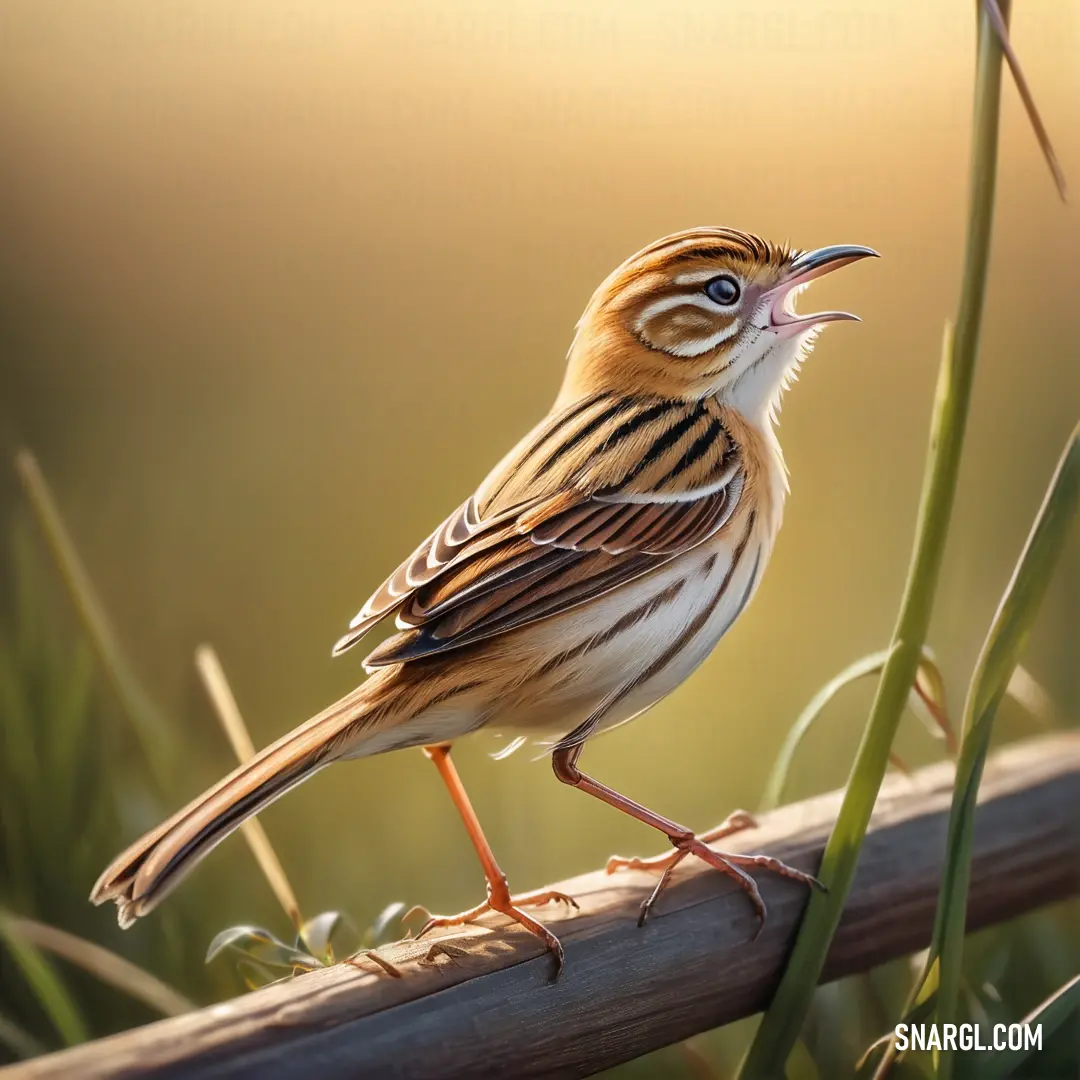
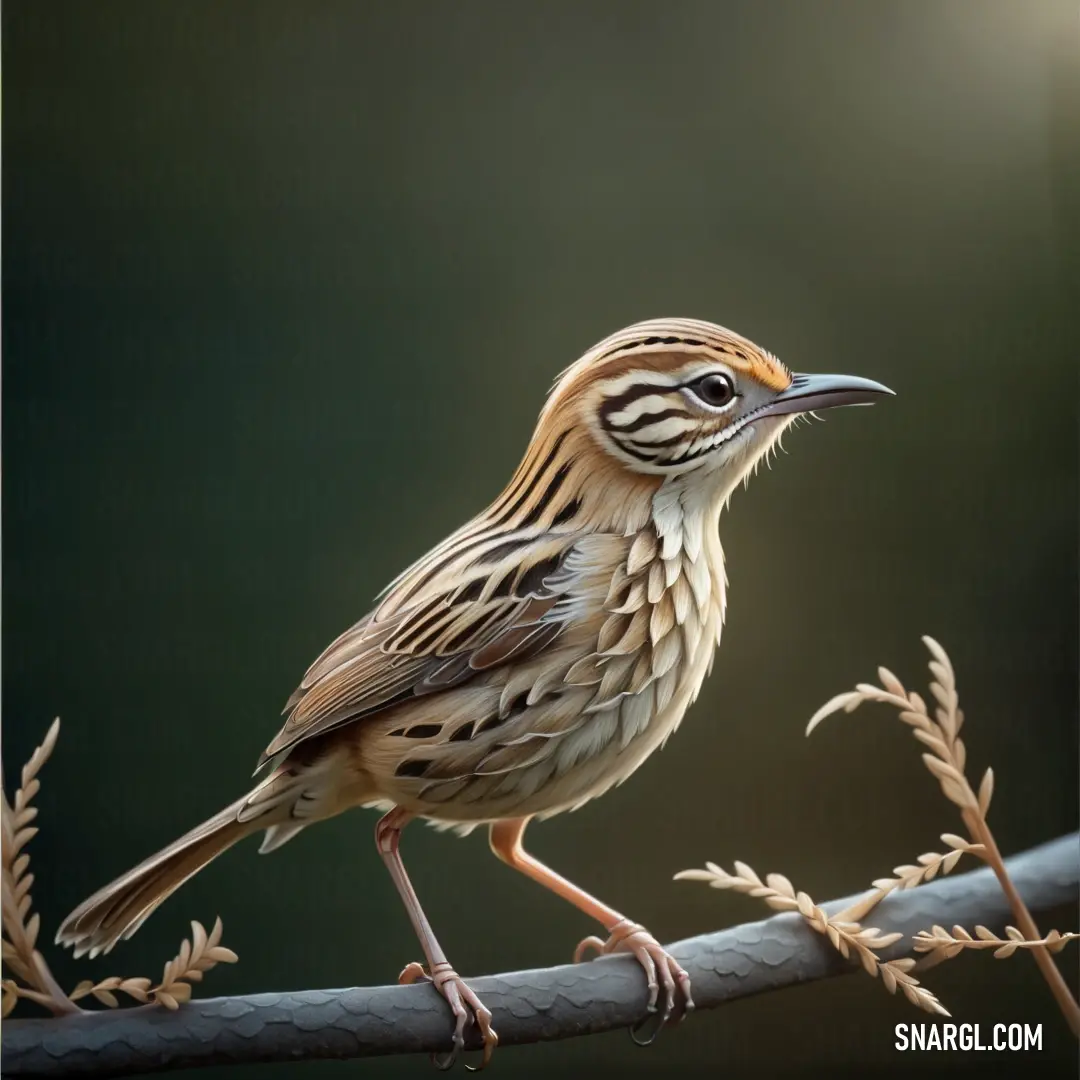
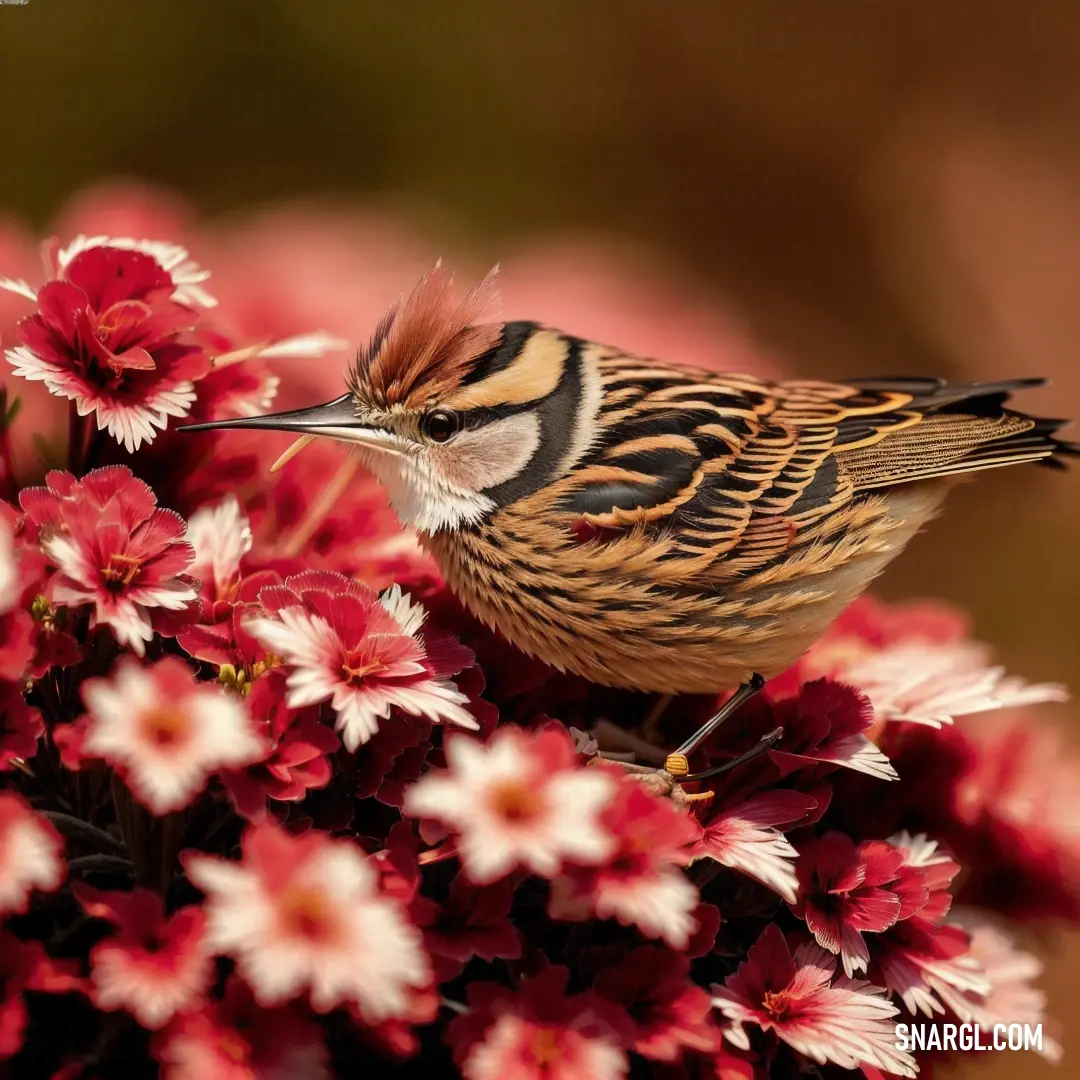
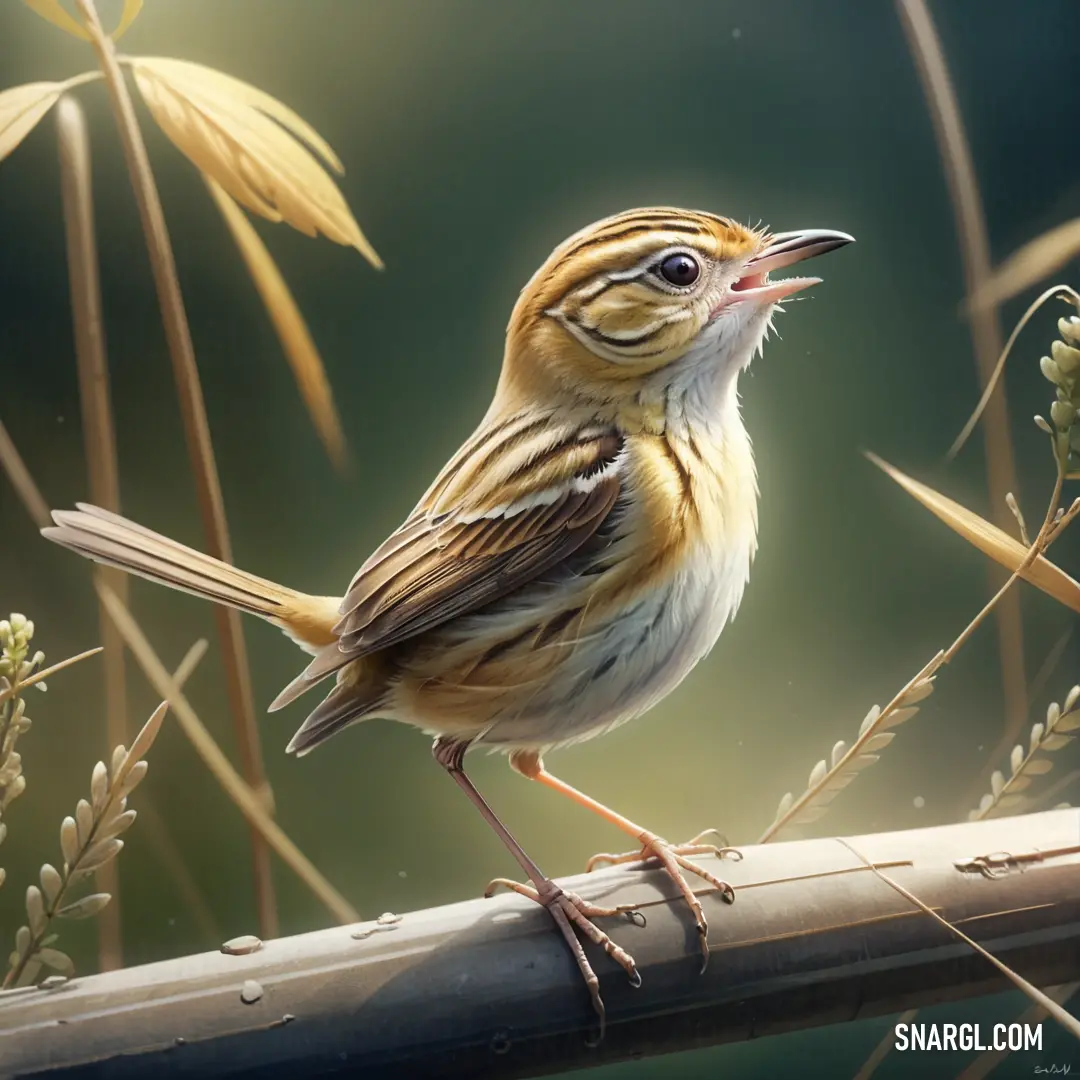
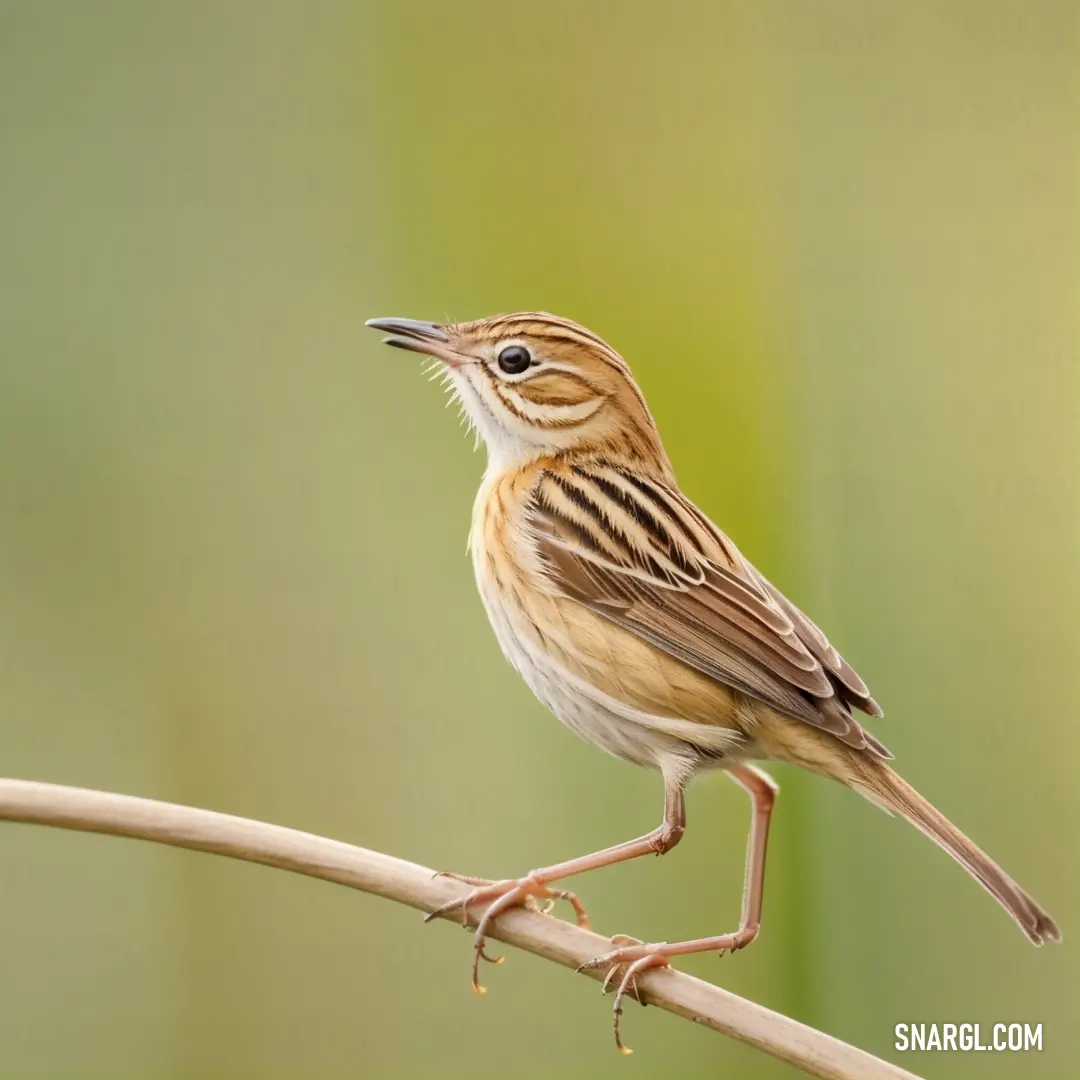
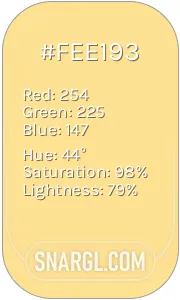 Lemon Cream
Lemon Cream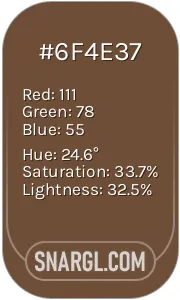 Coffee
Coffee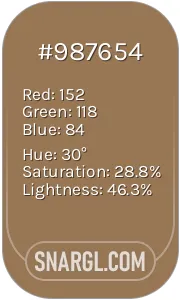 Pale brown
Pale brown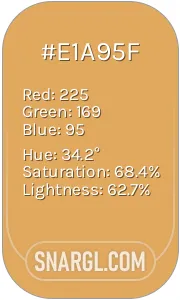 Earth yellow
Earth yellow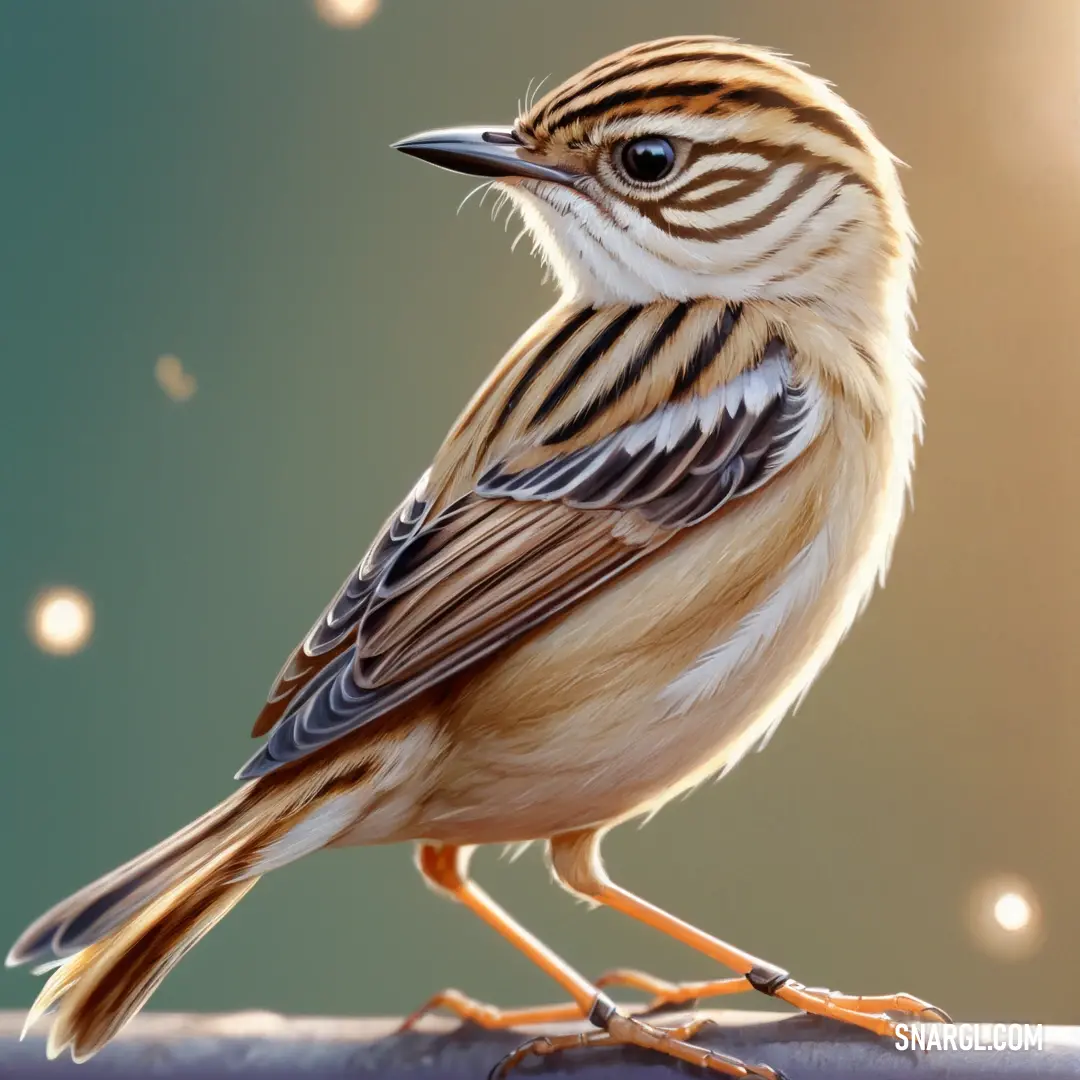
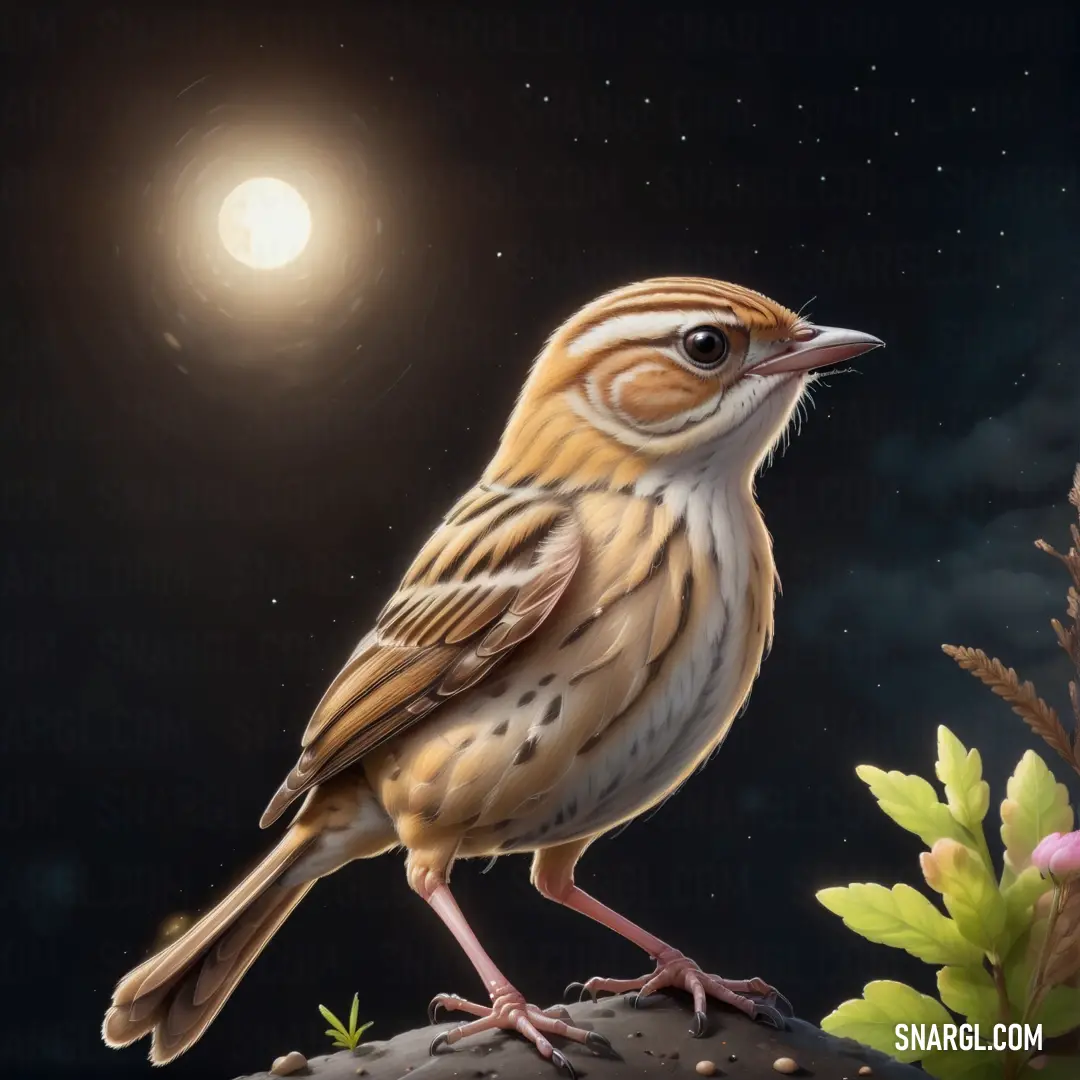
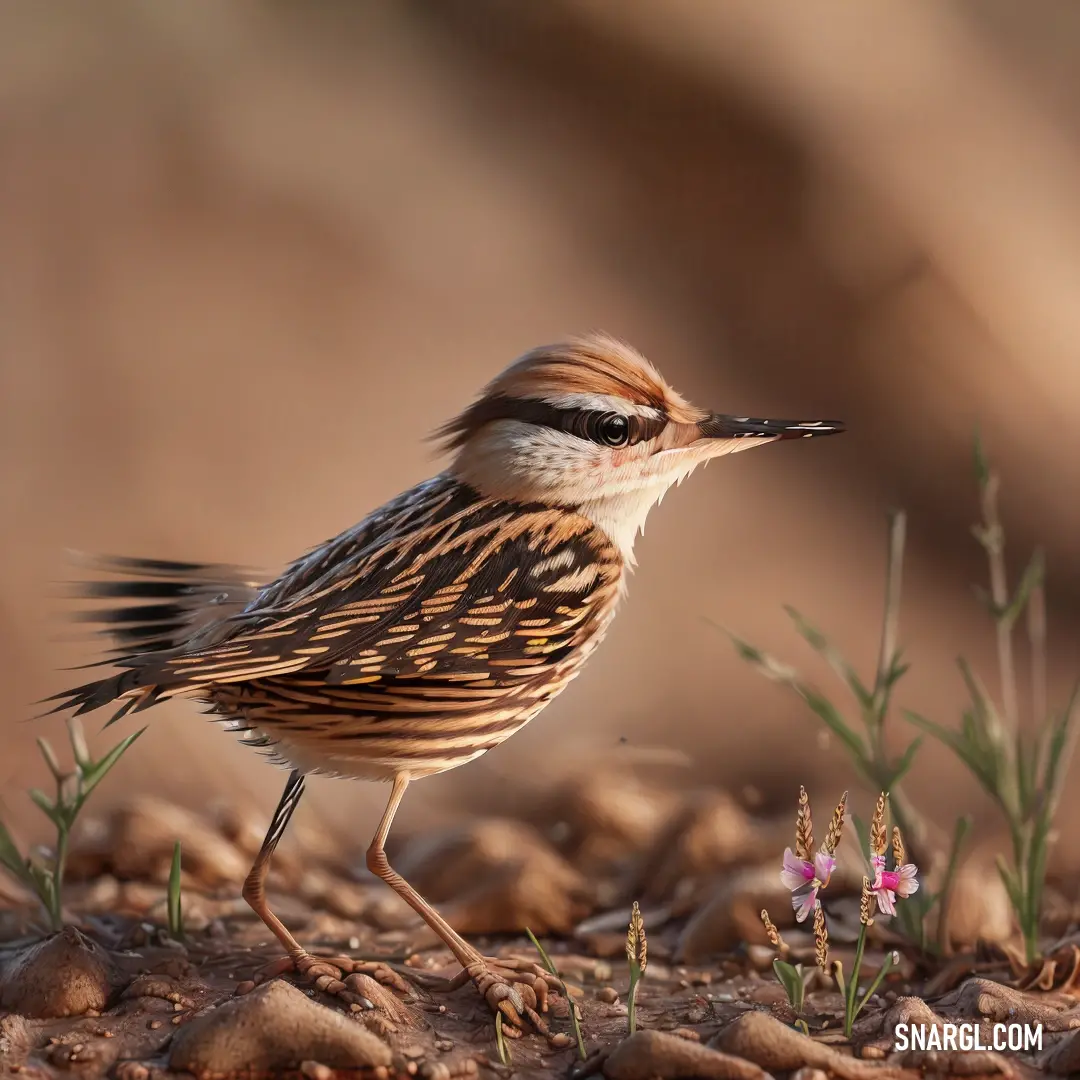
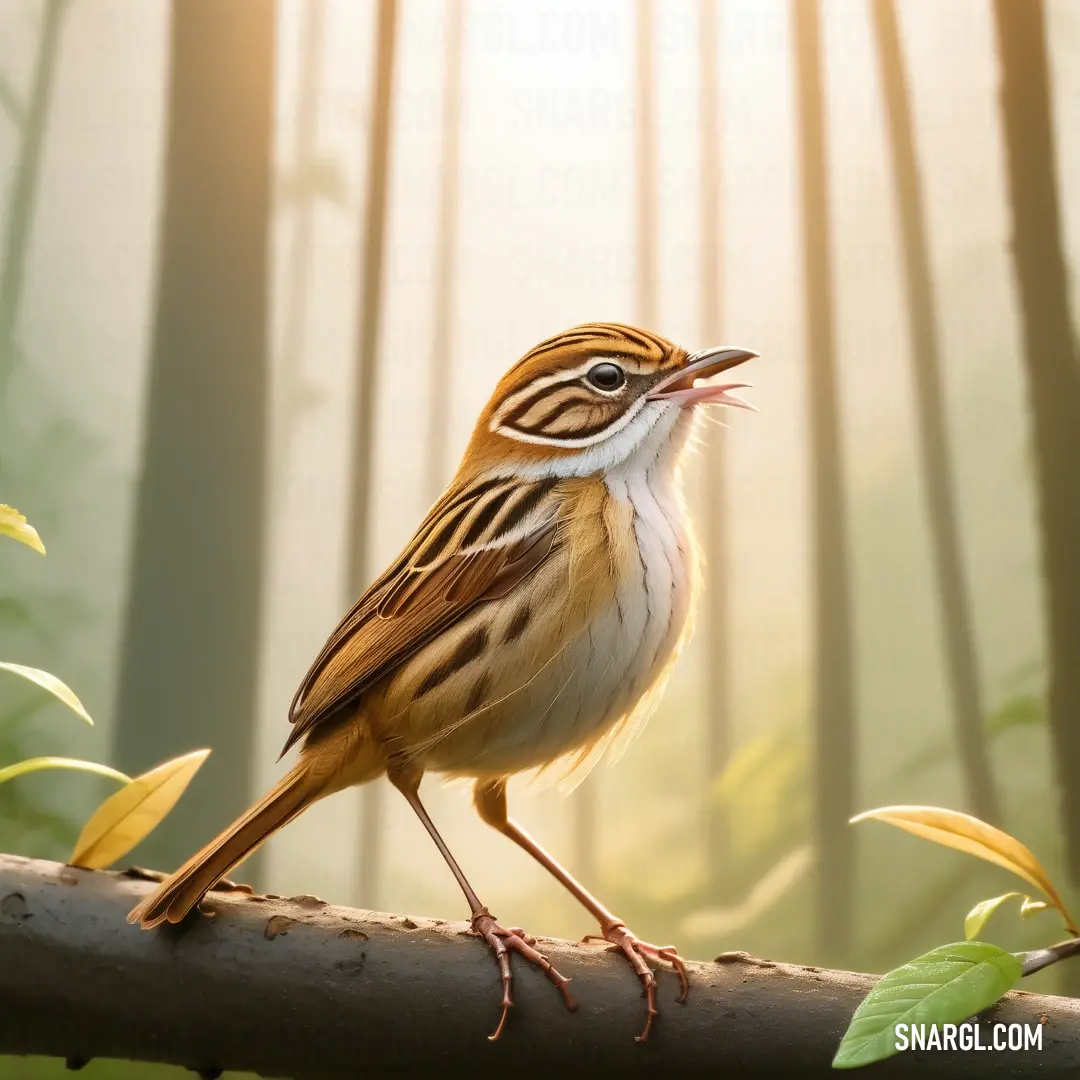
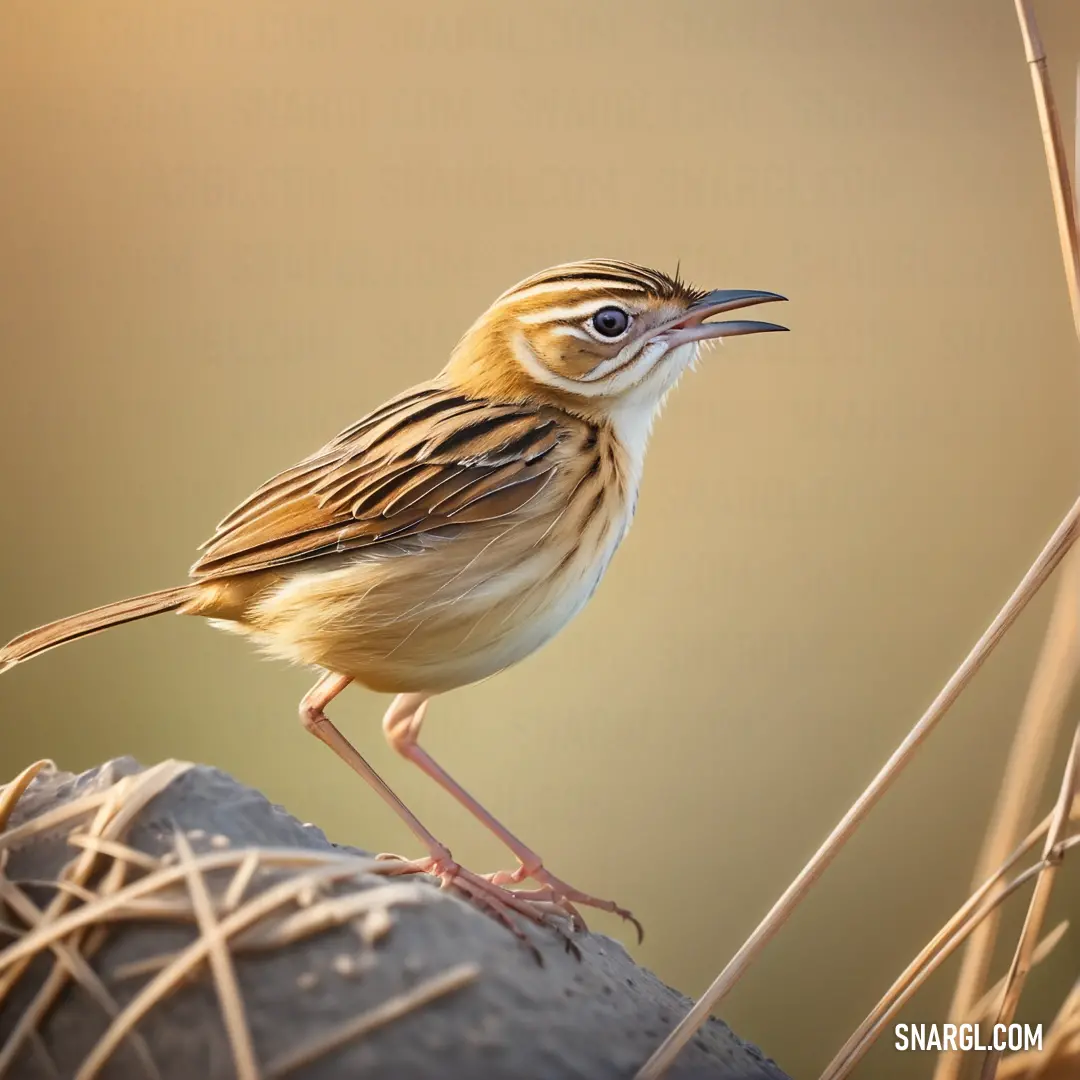
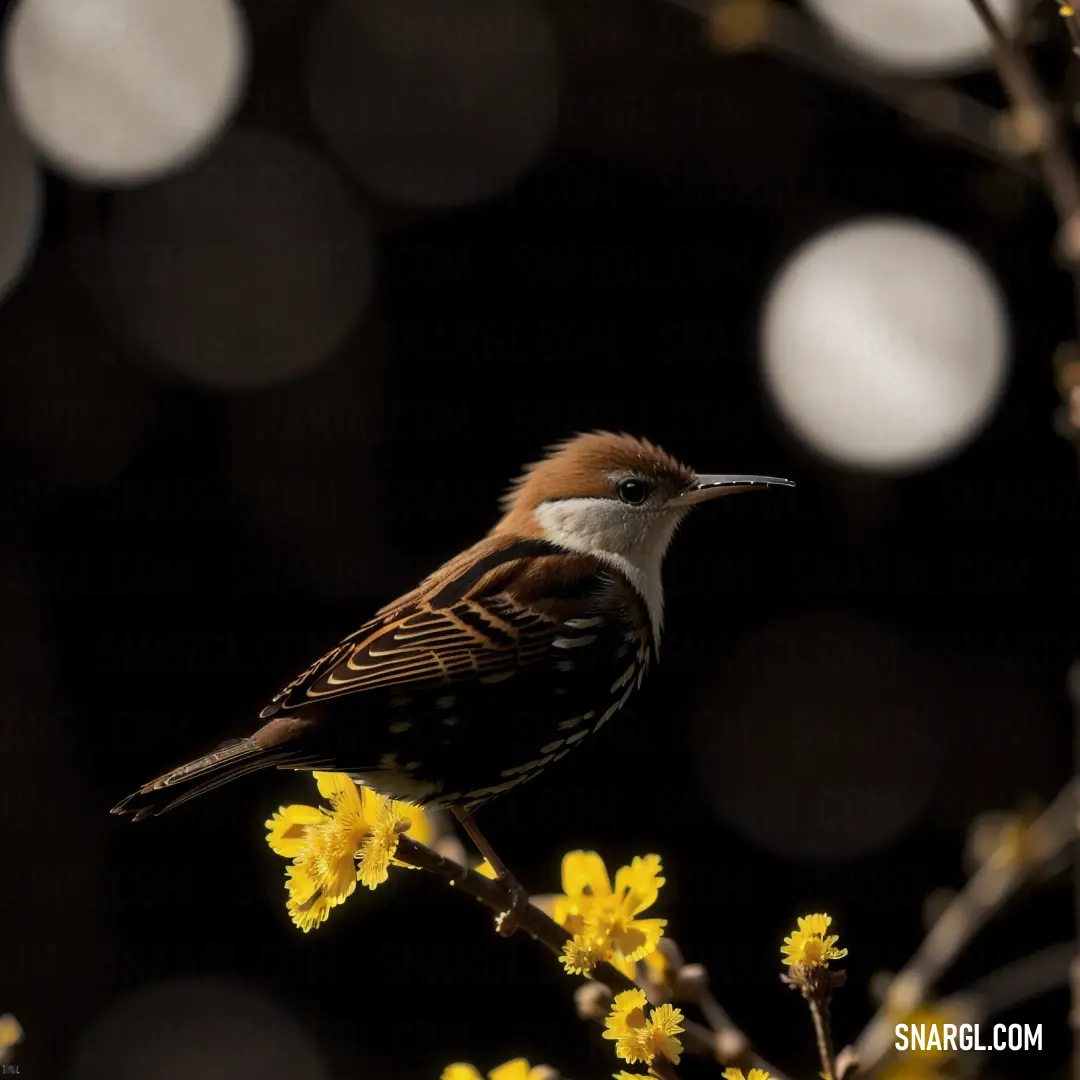
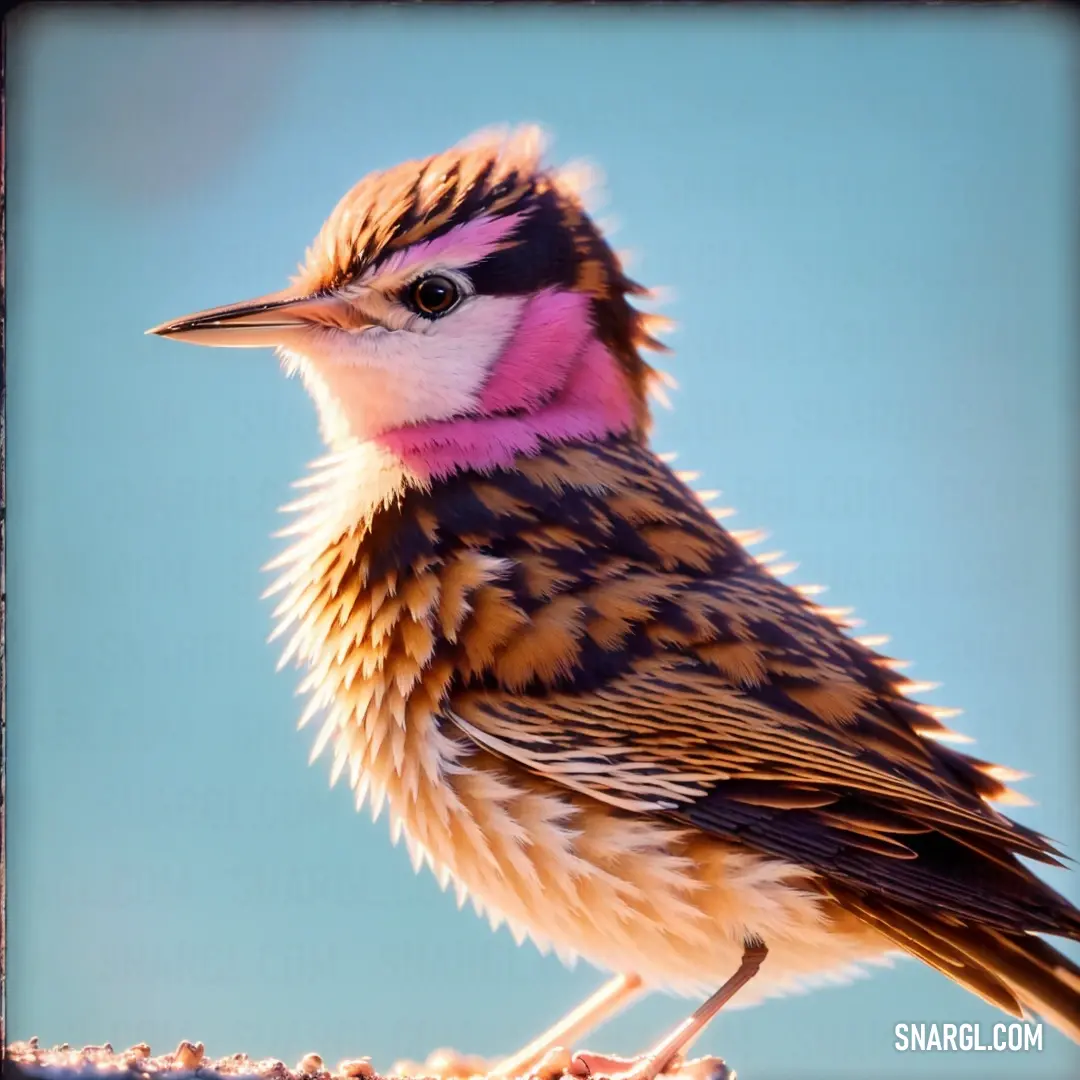
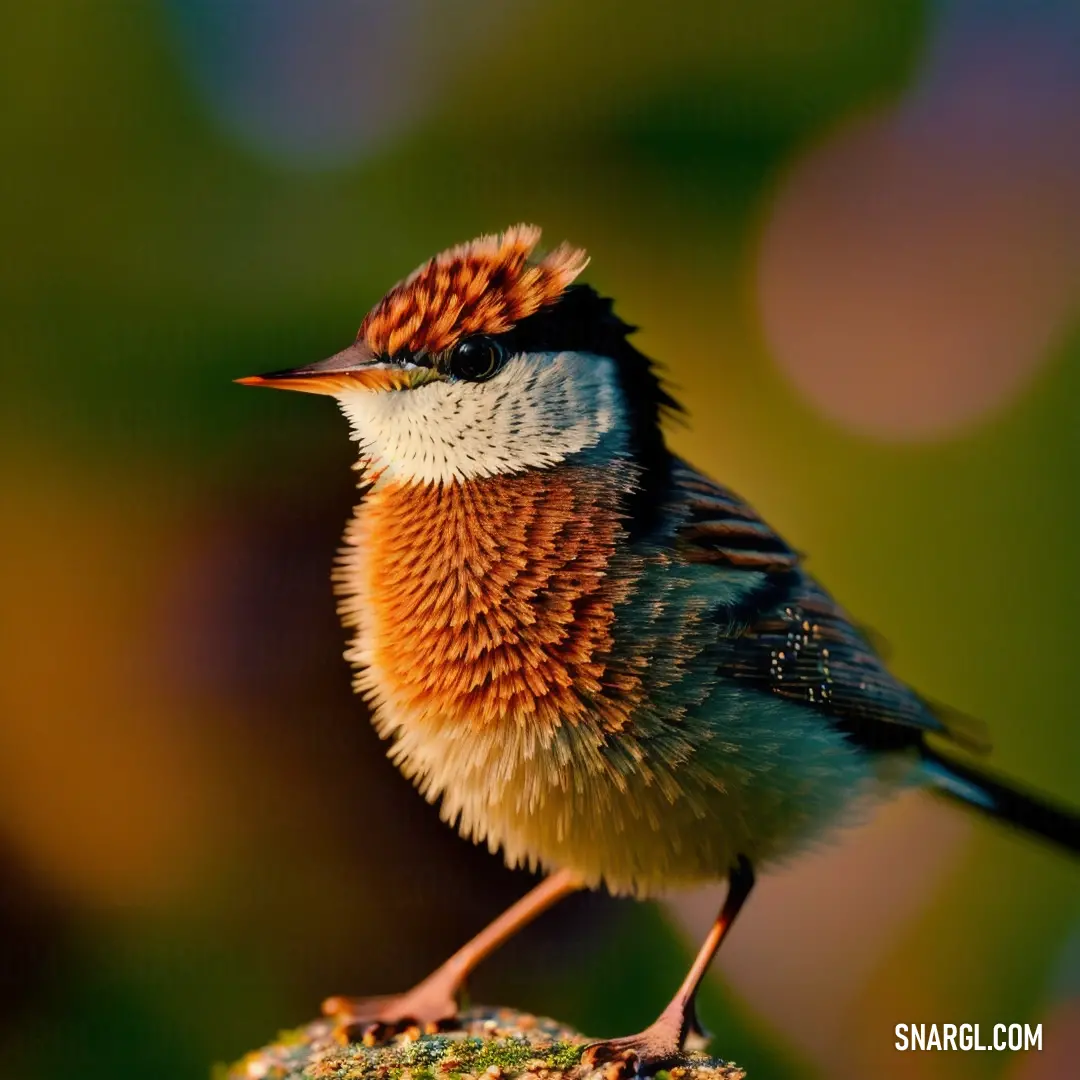
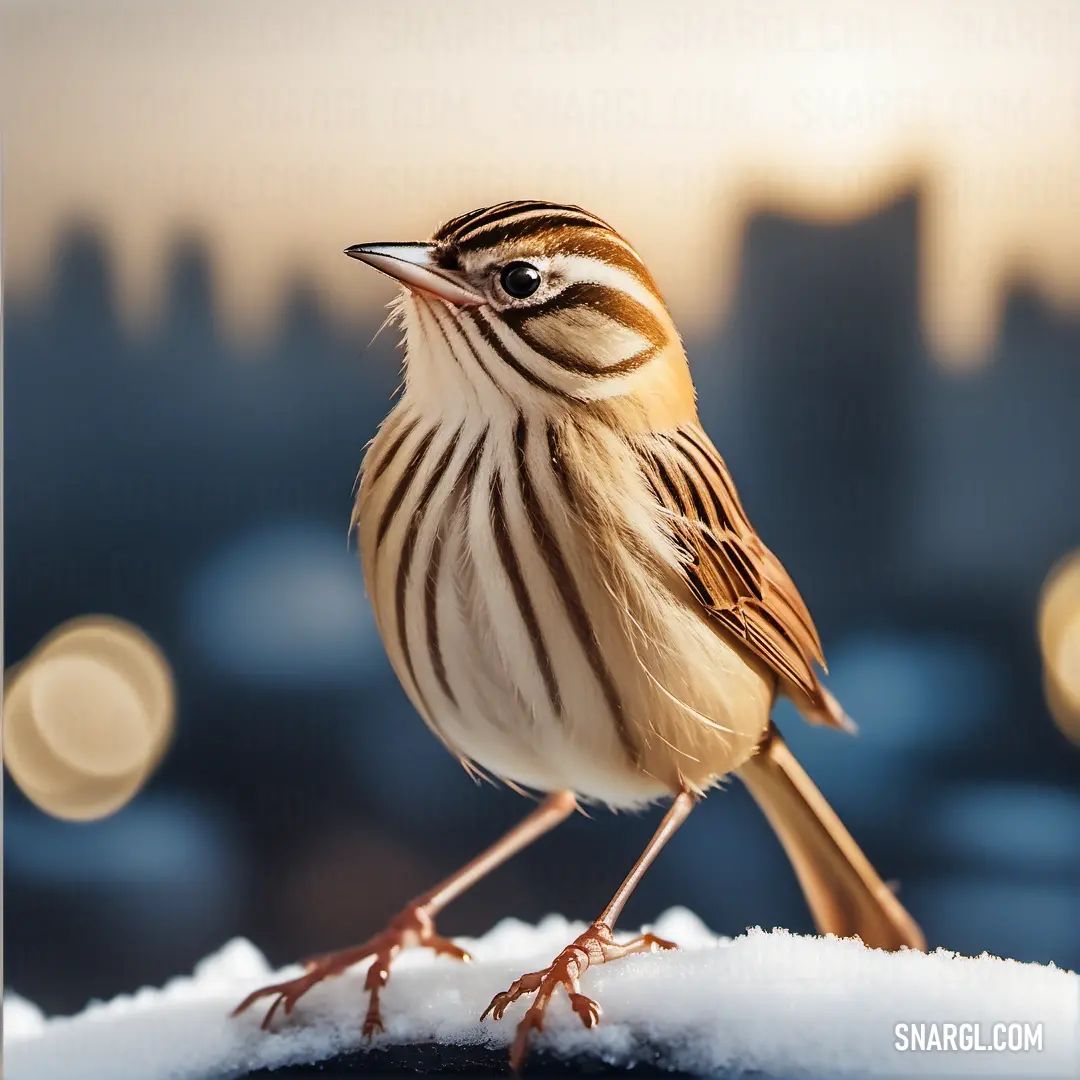
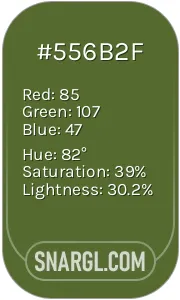 Dark olive
Dark olive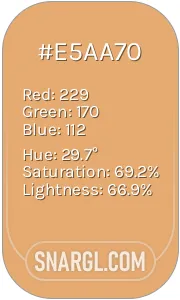 Fawn
Fawn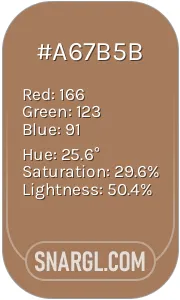 Cafe au lait
Cafe au lait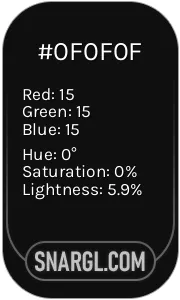 Onyx
Onyx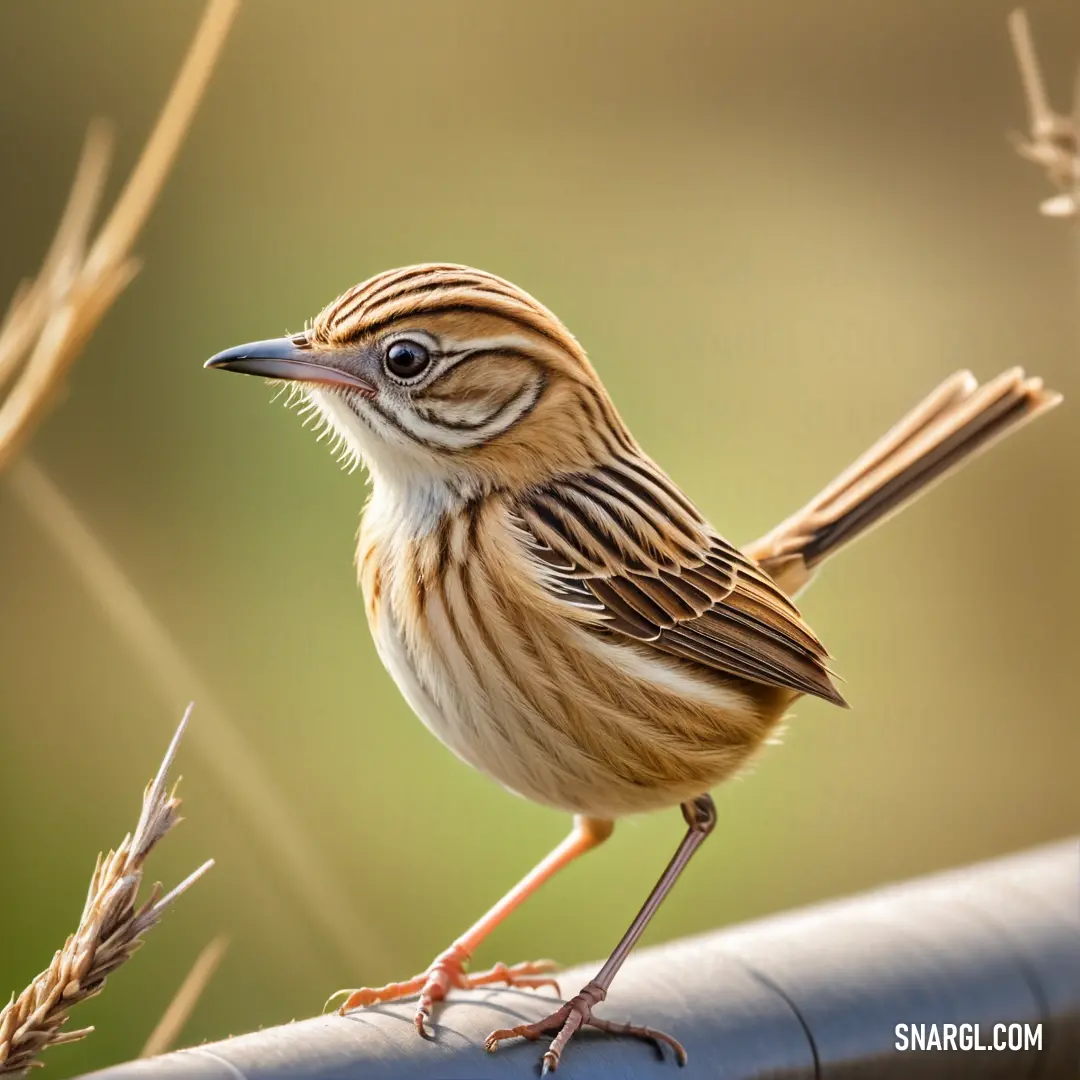
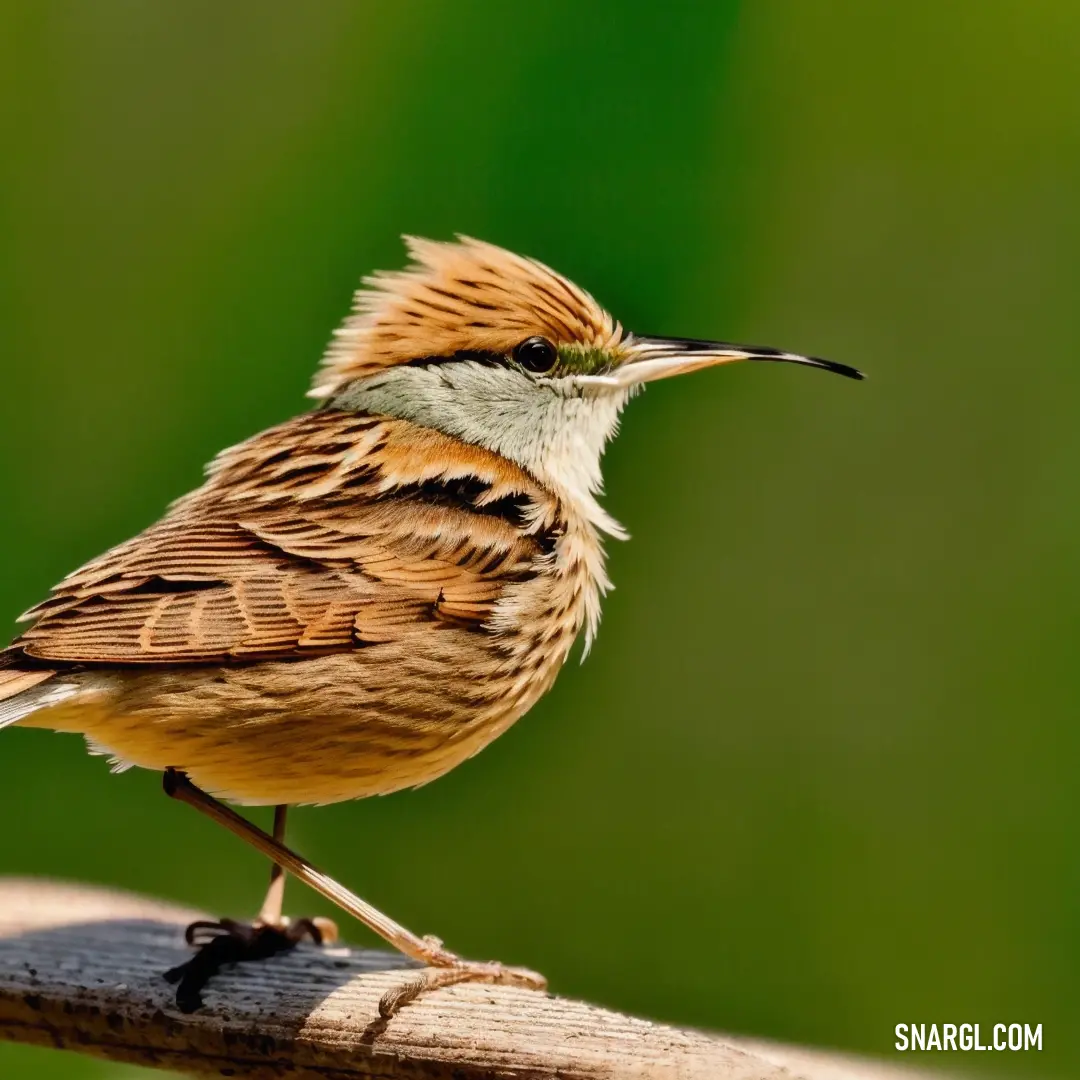
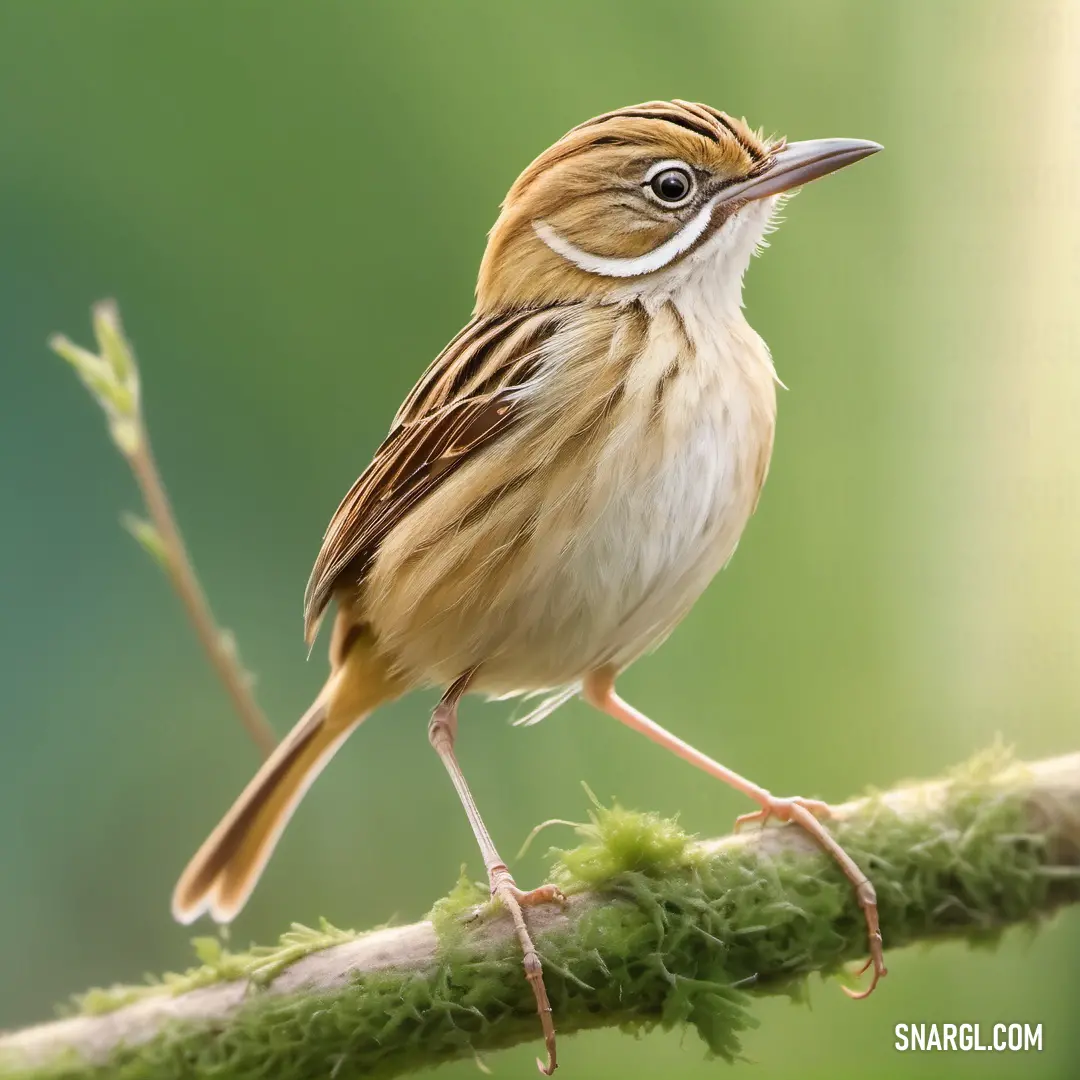
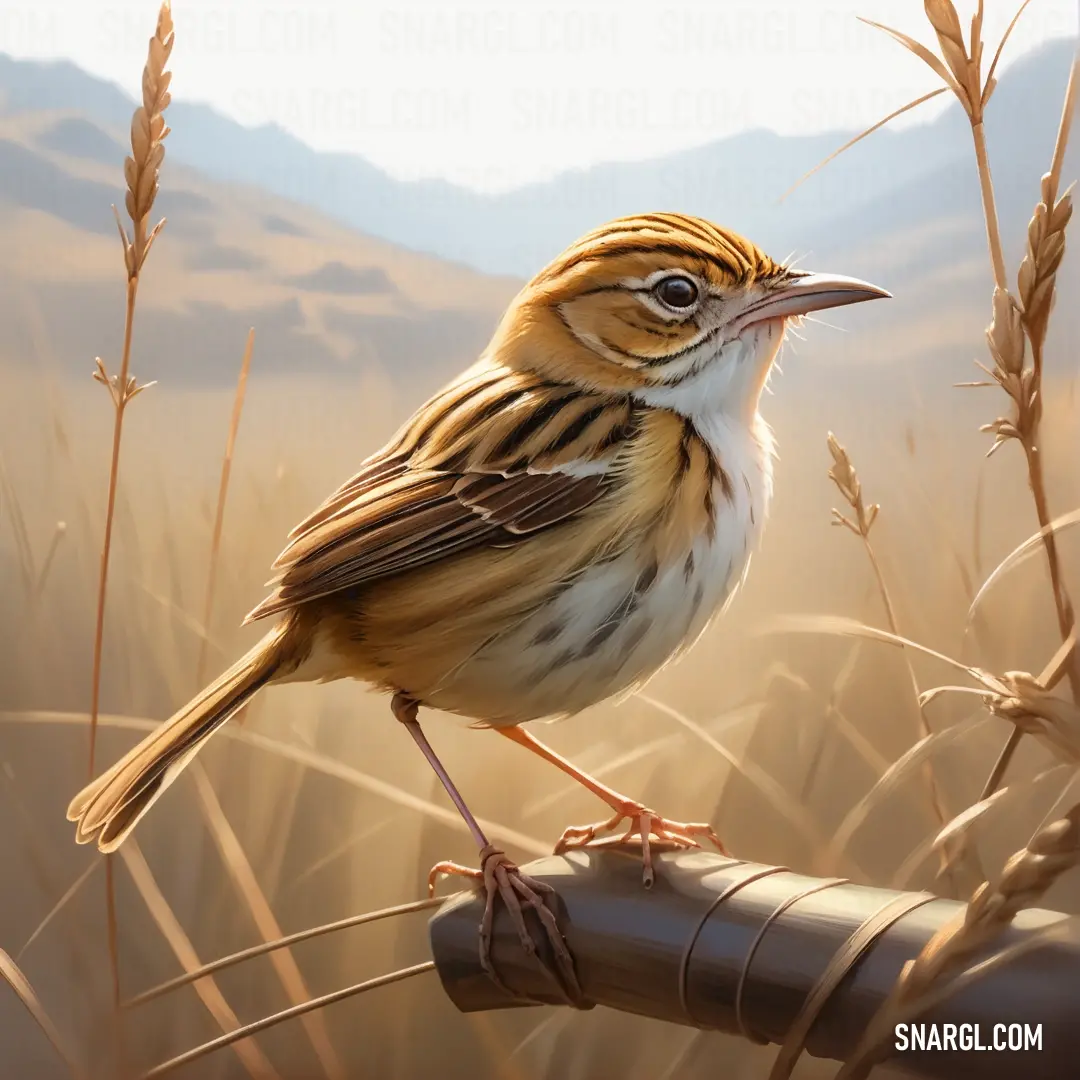
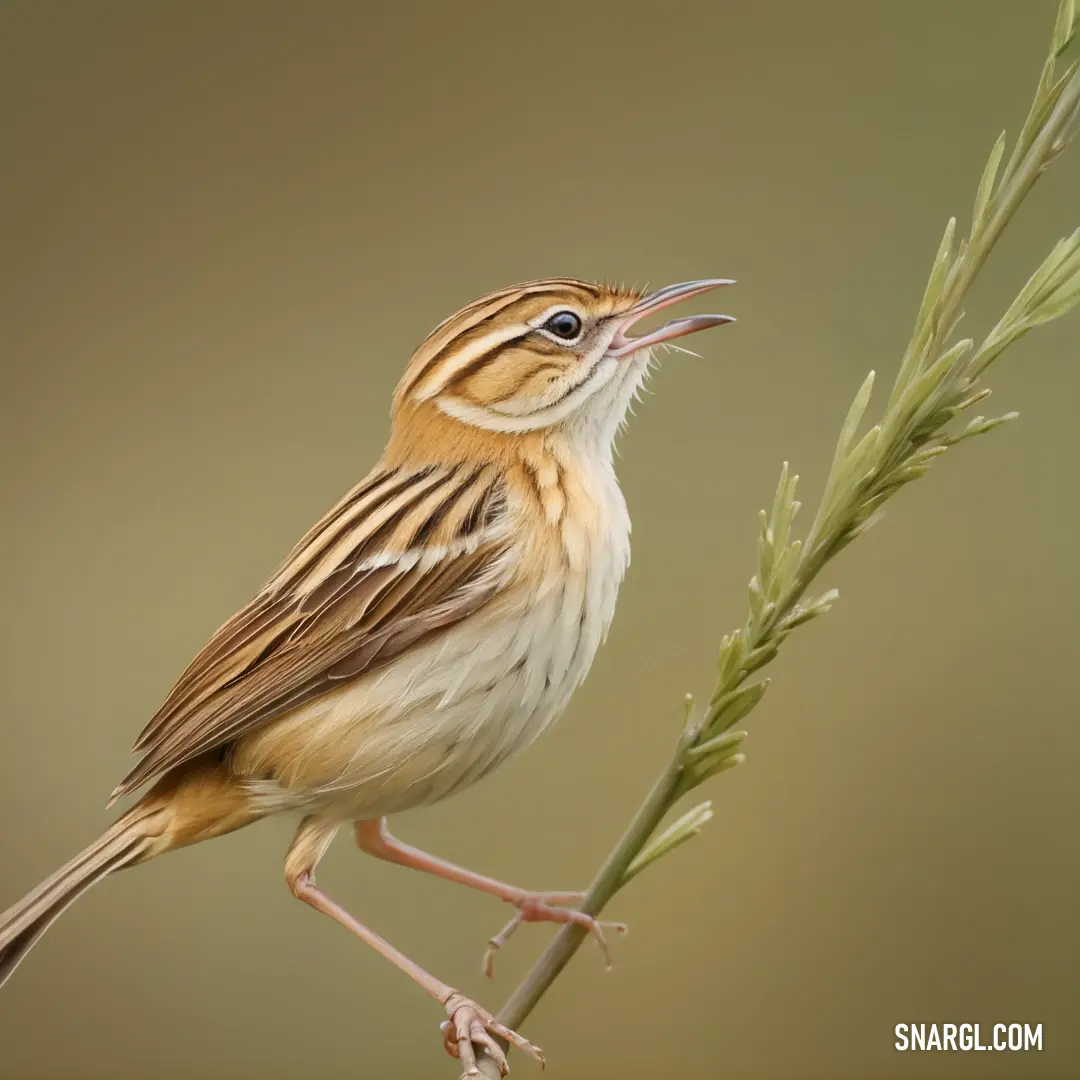
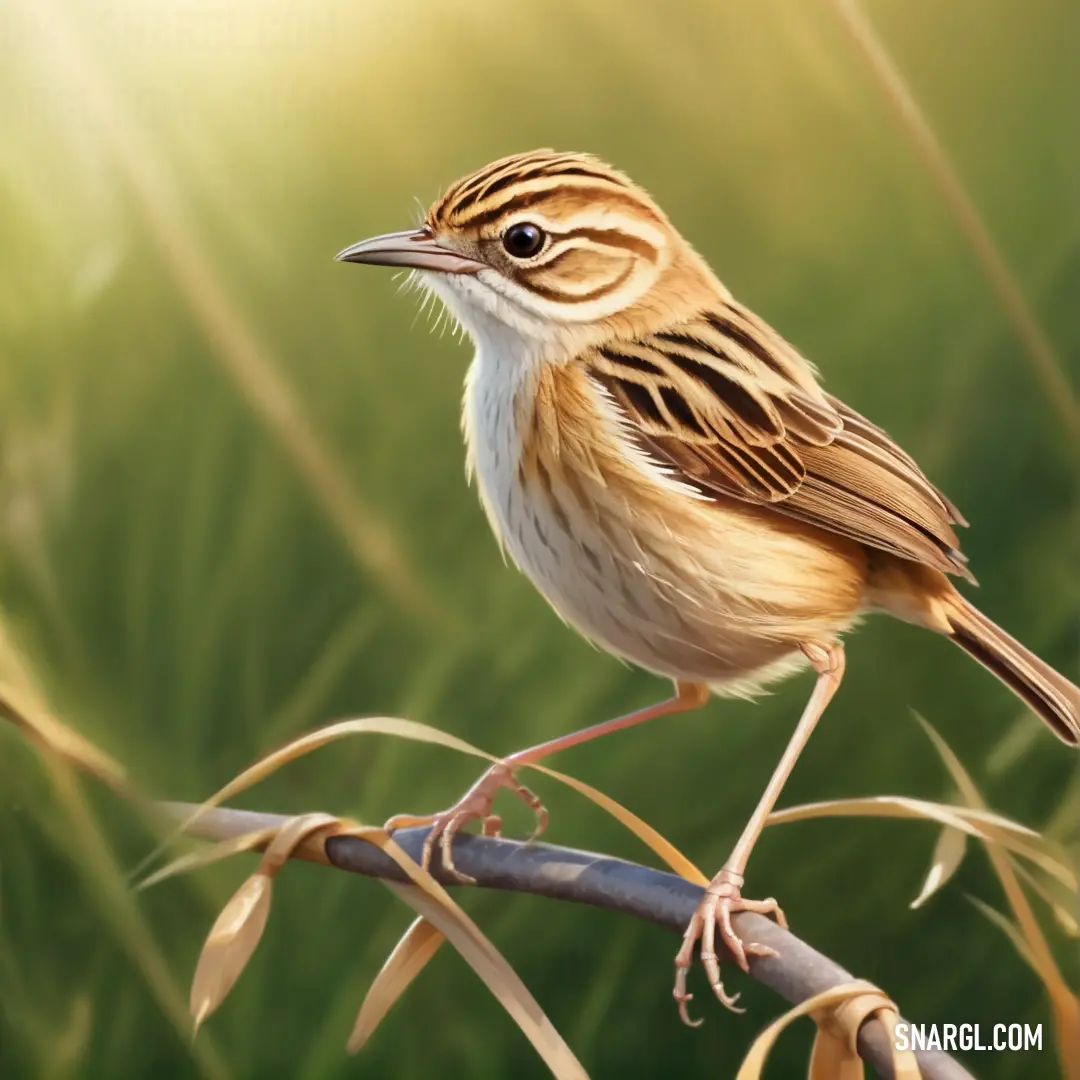
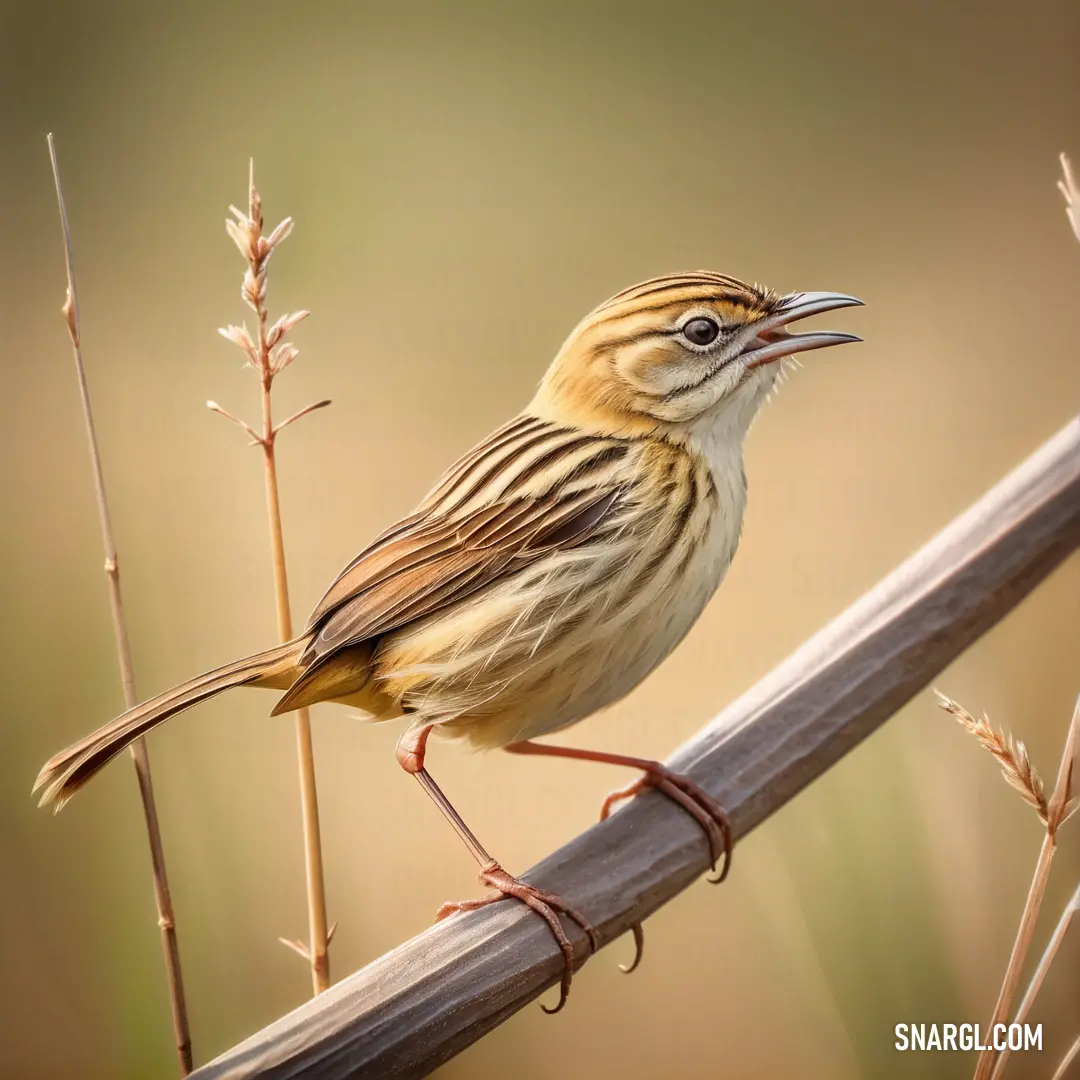
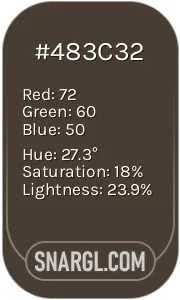 Dark lava
Dark lava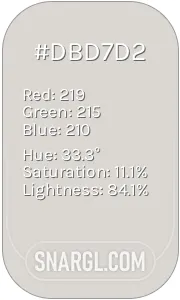 Timberwolf
Timberwolf Olive Drab
Olive Drab Zinnwaldite
Zinnwaldite
